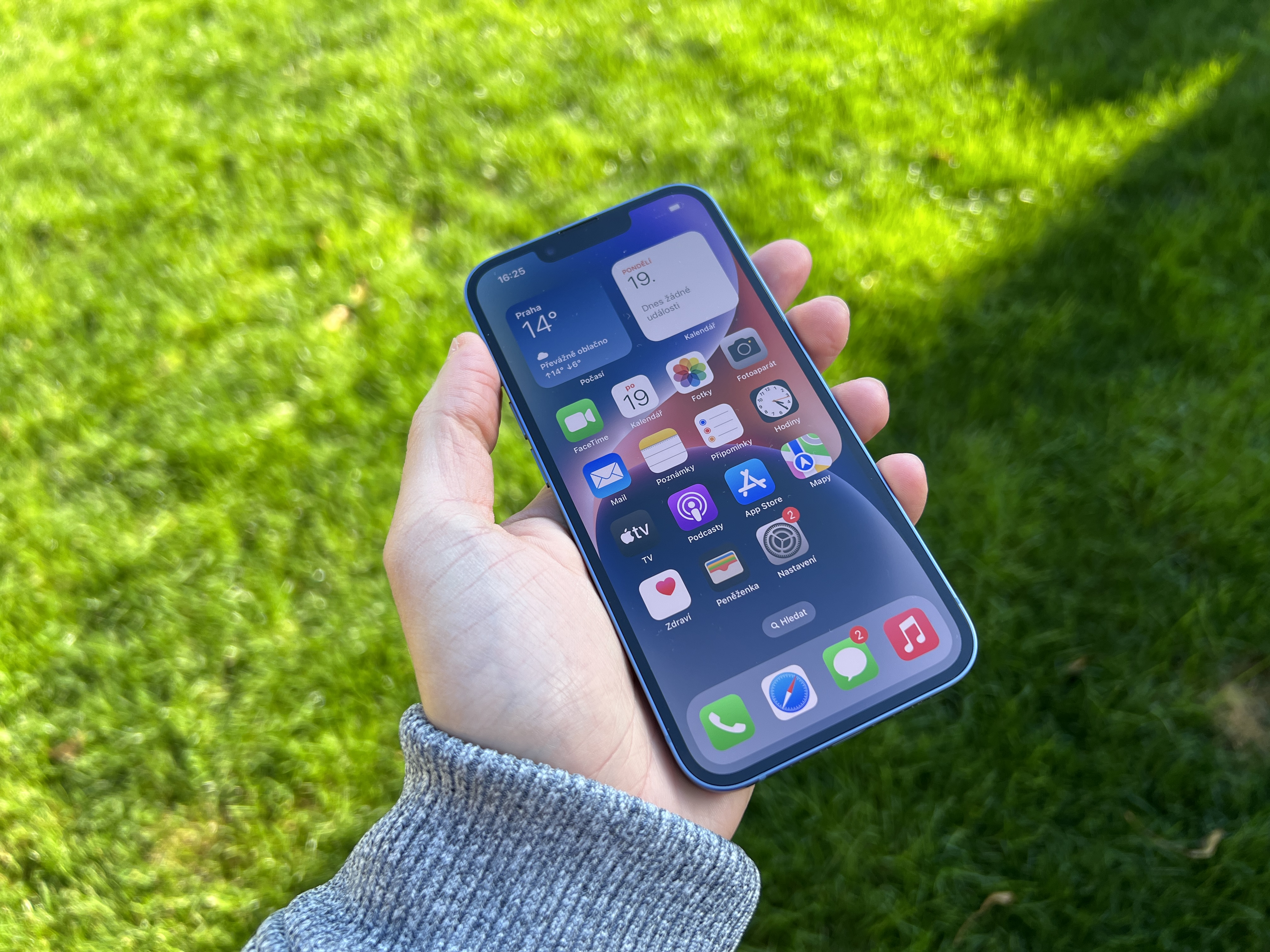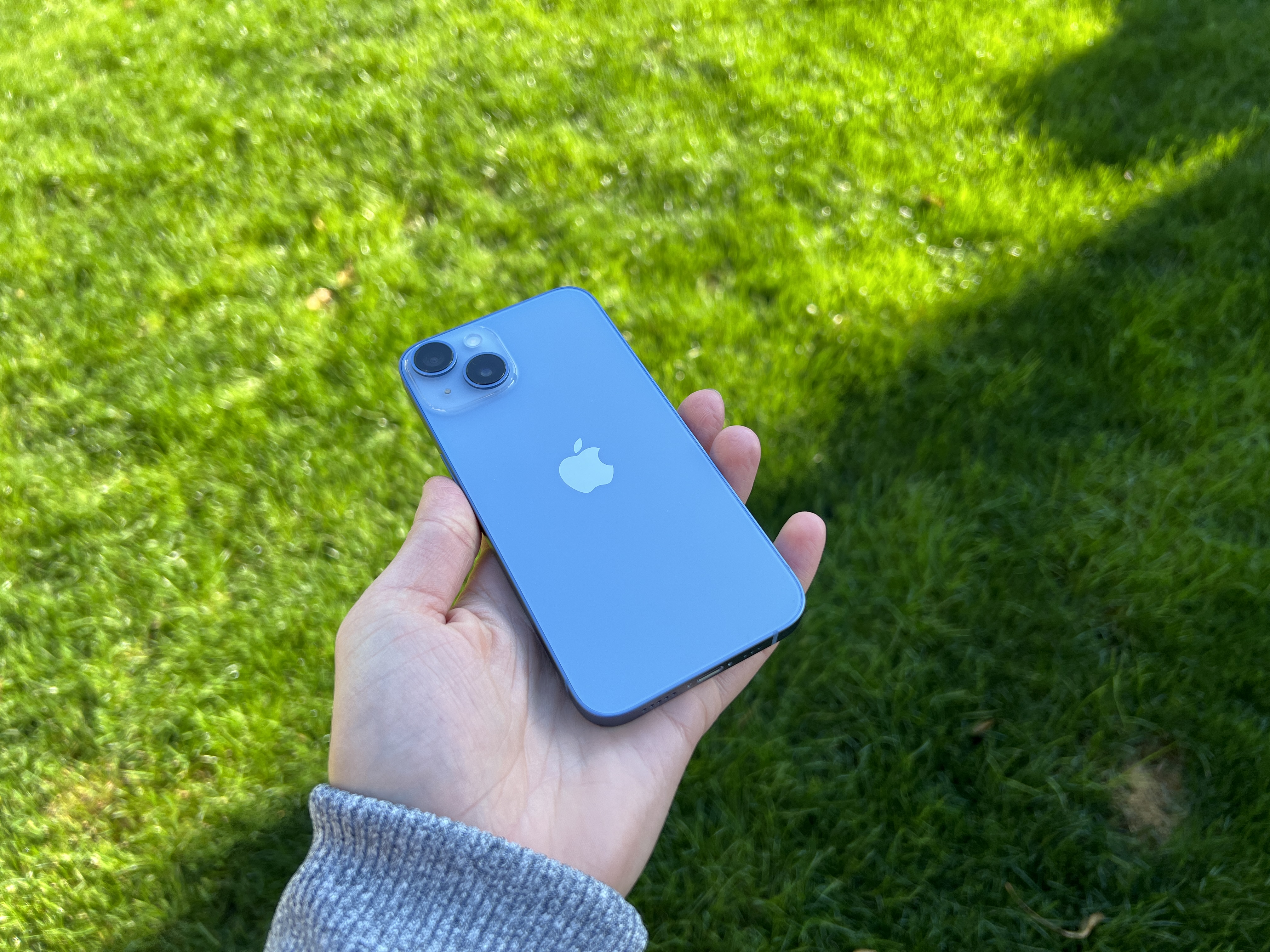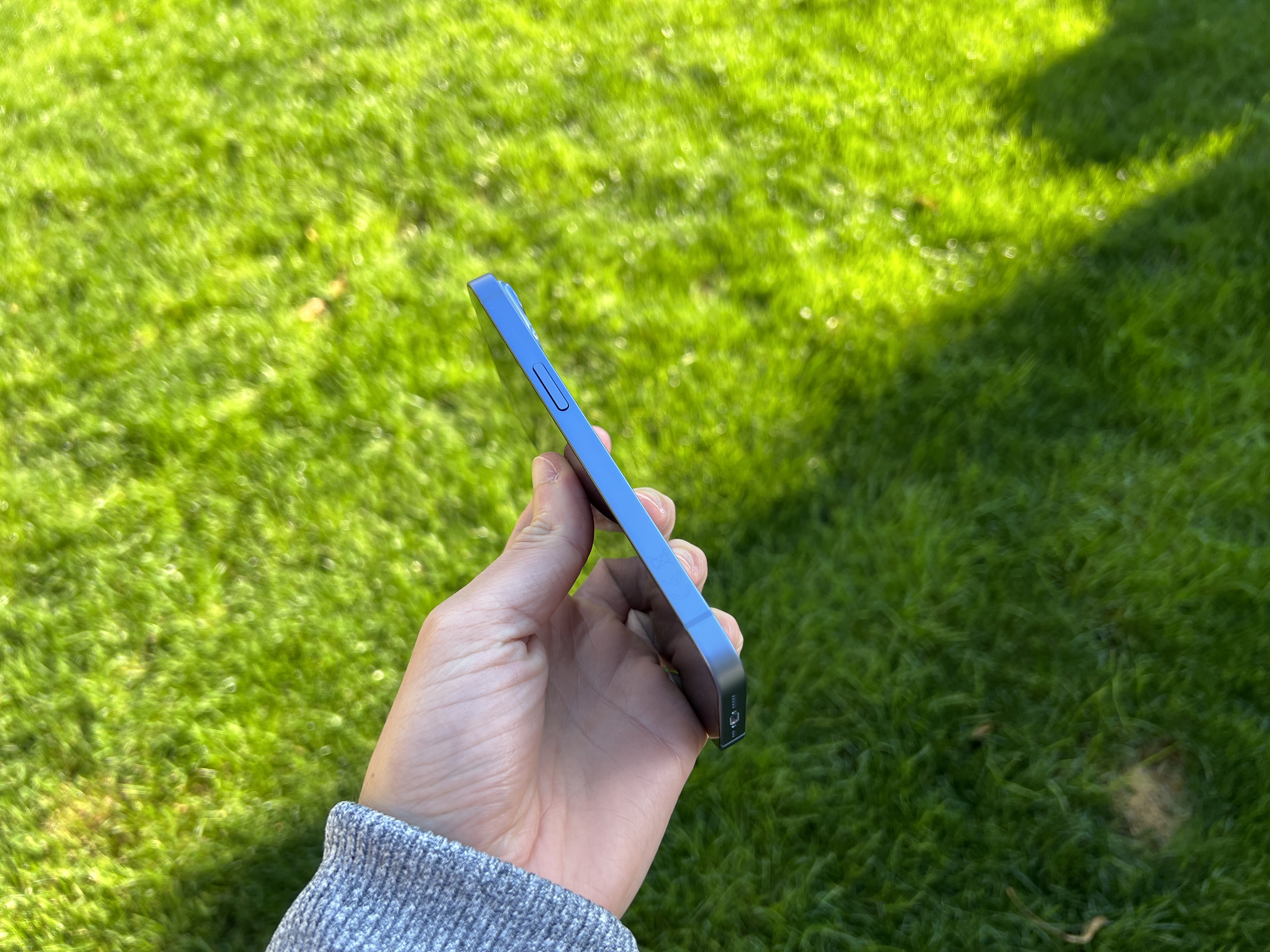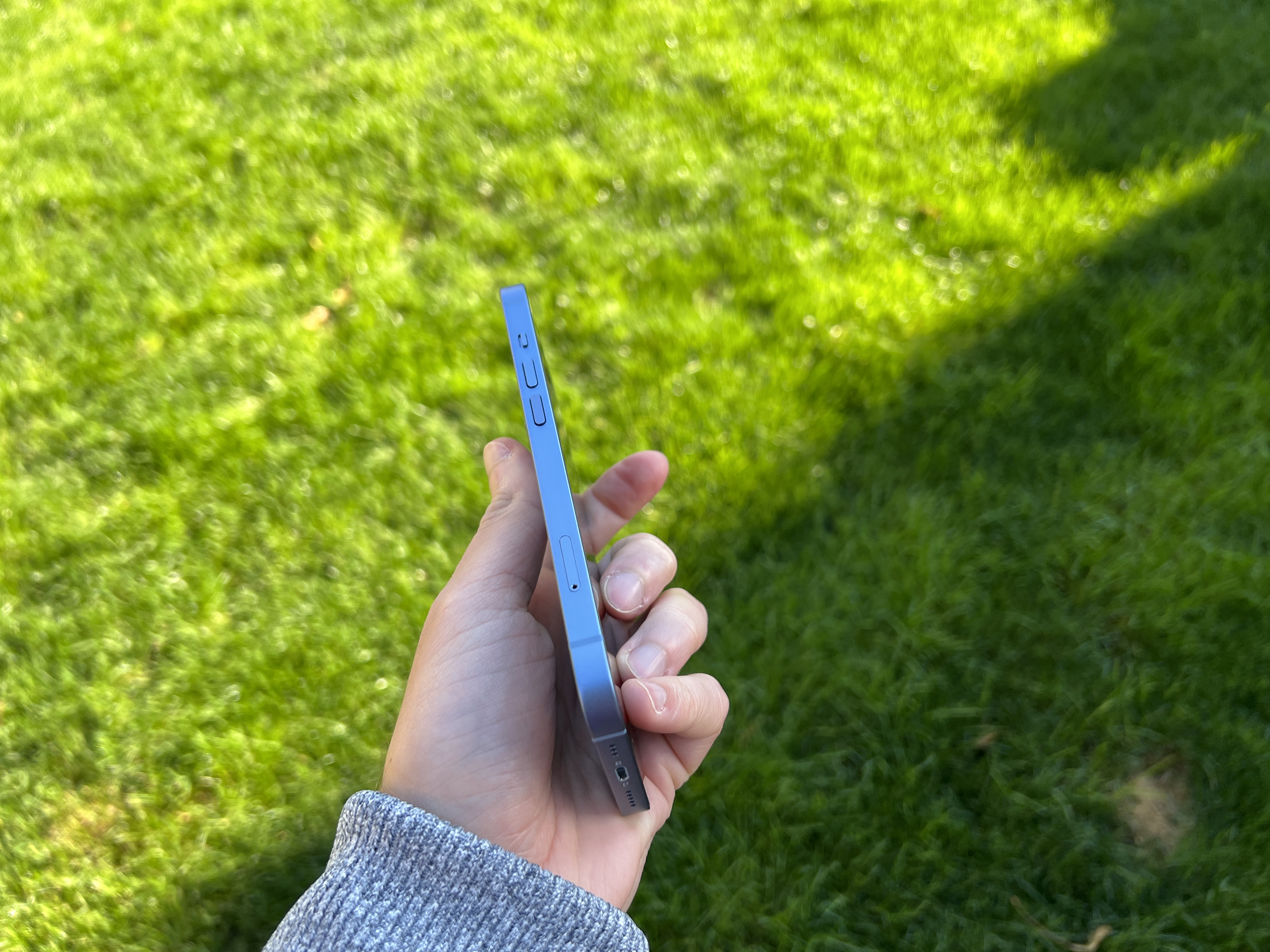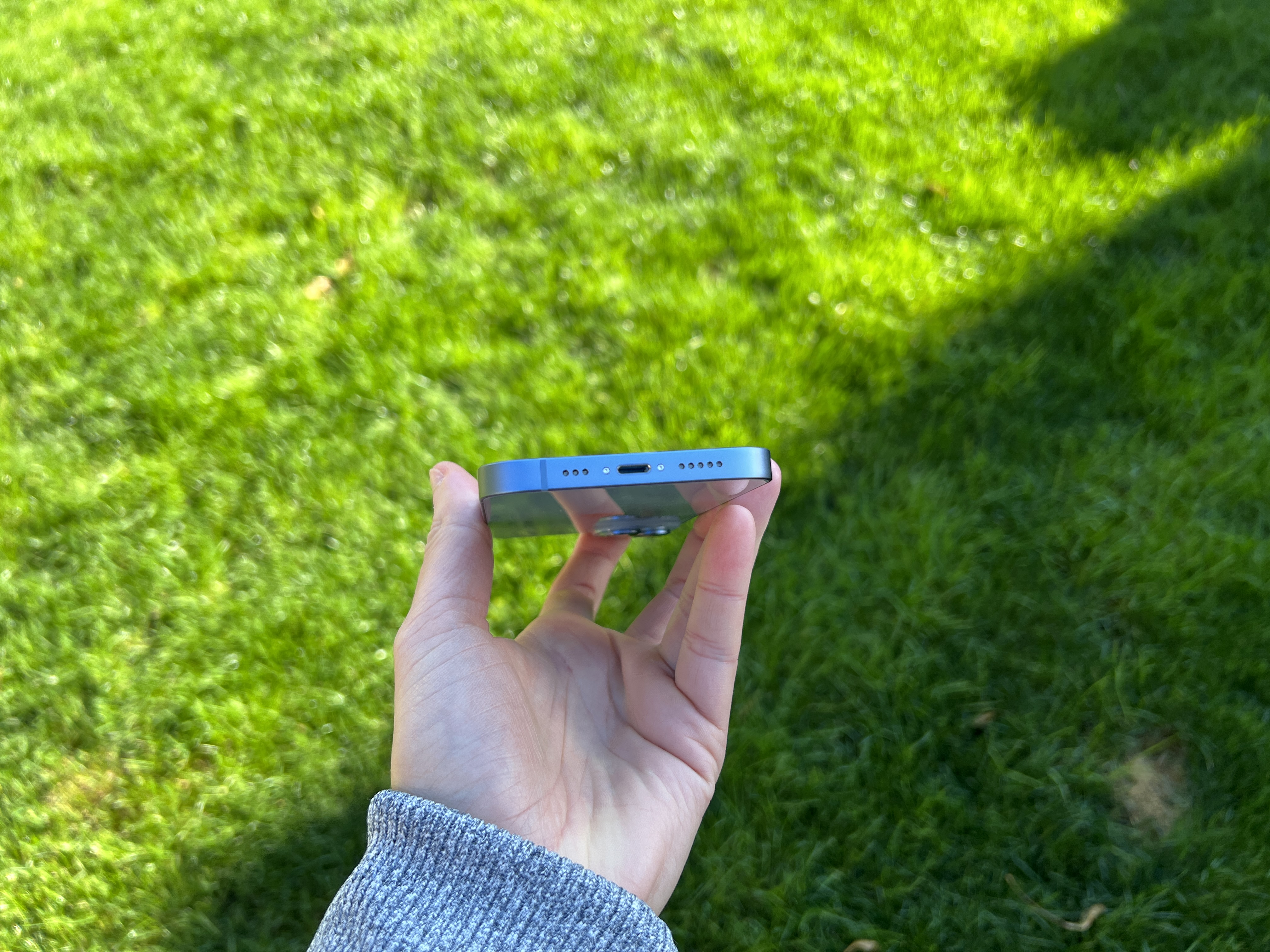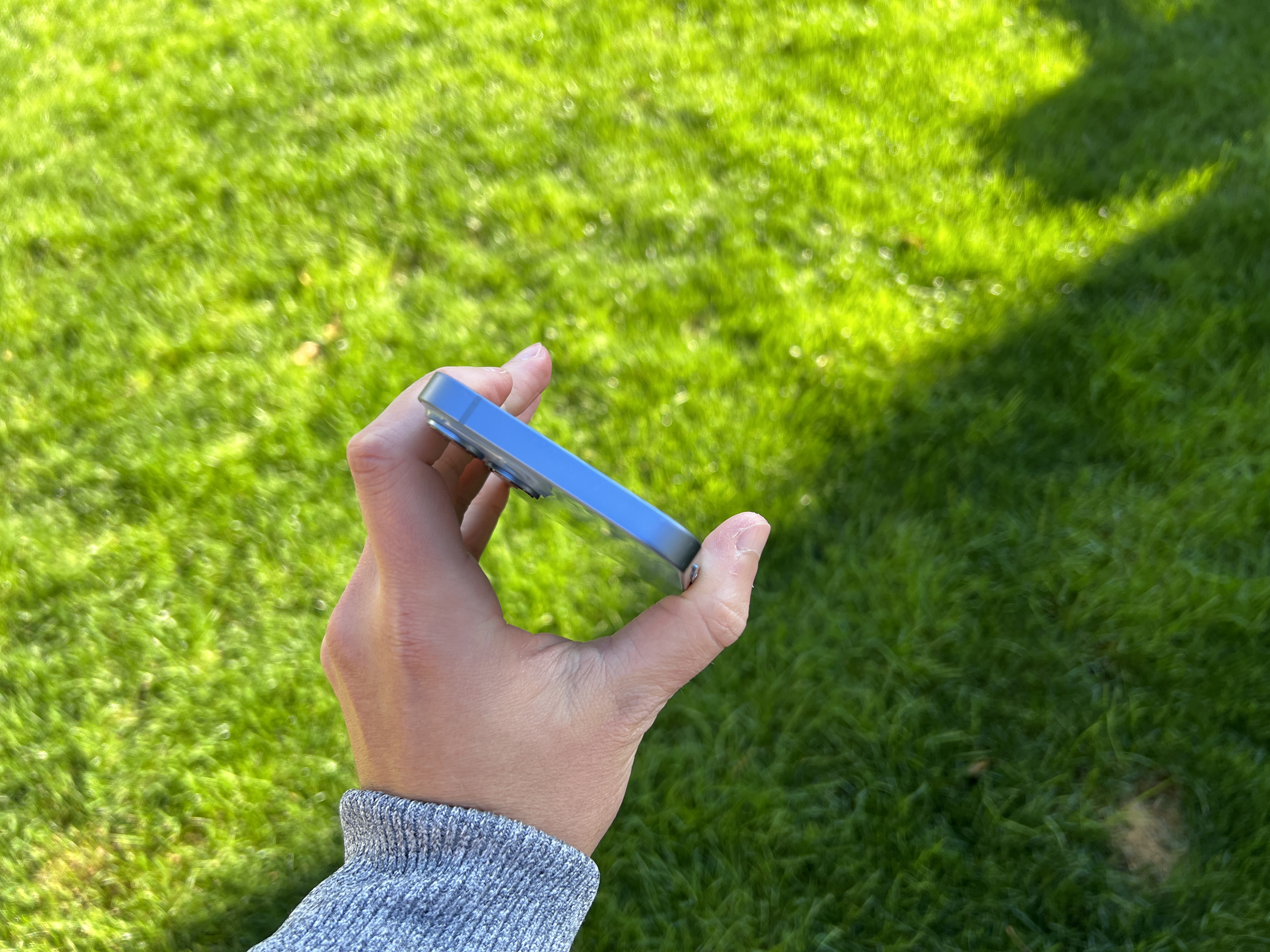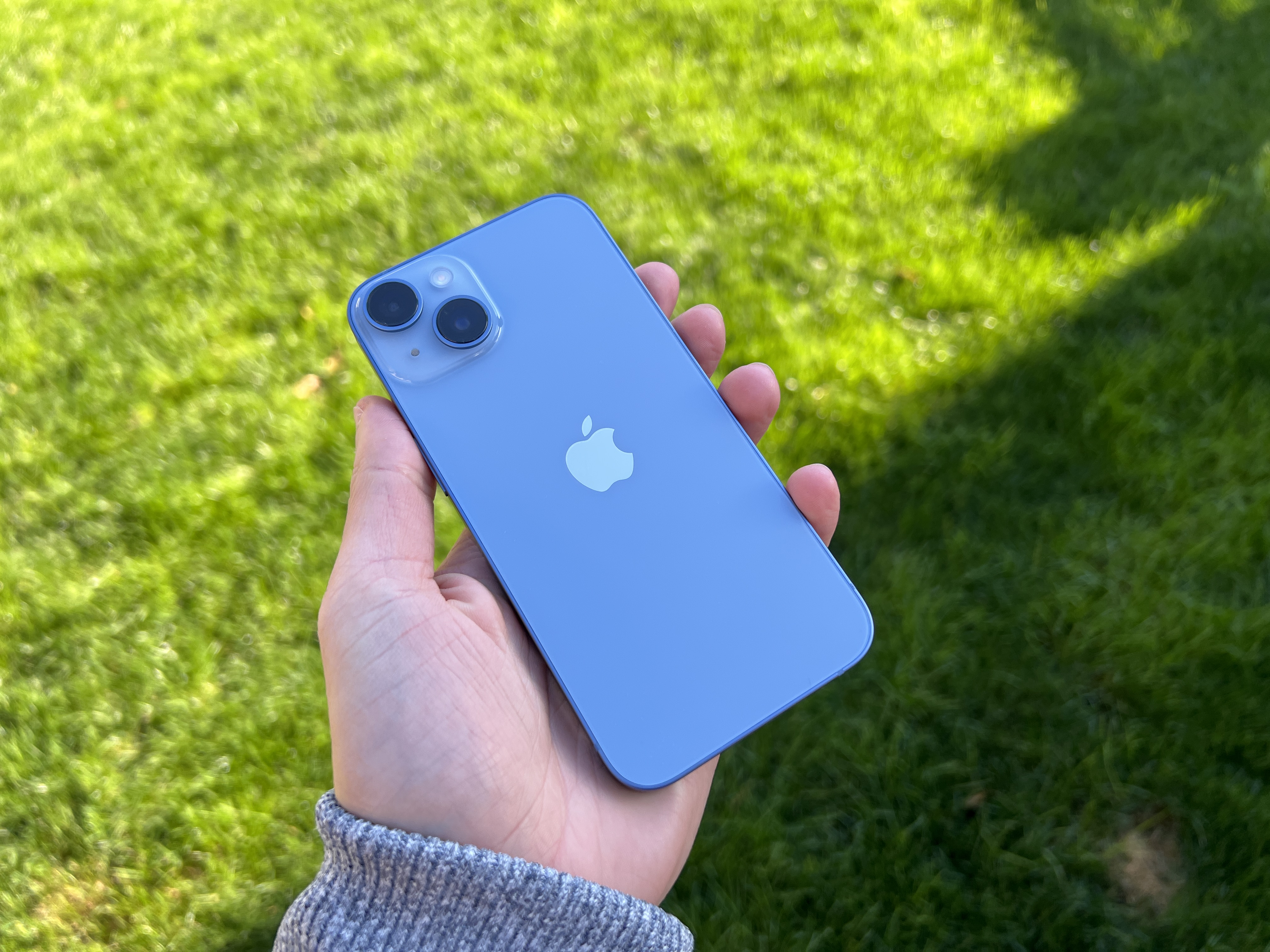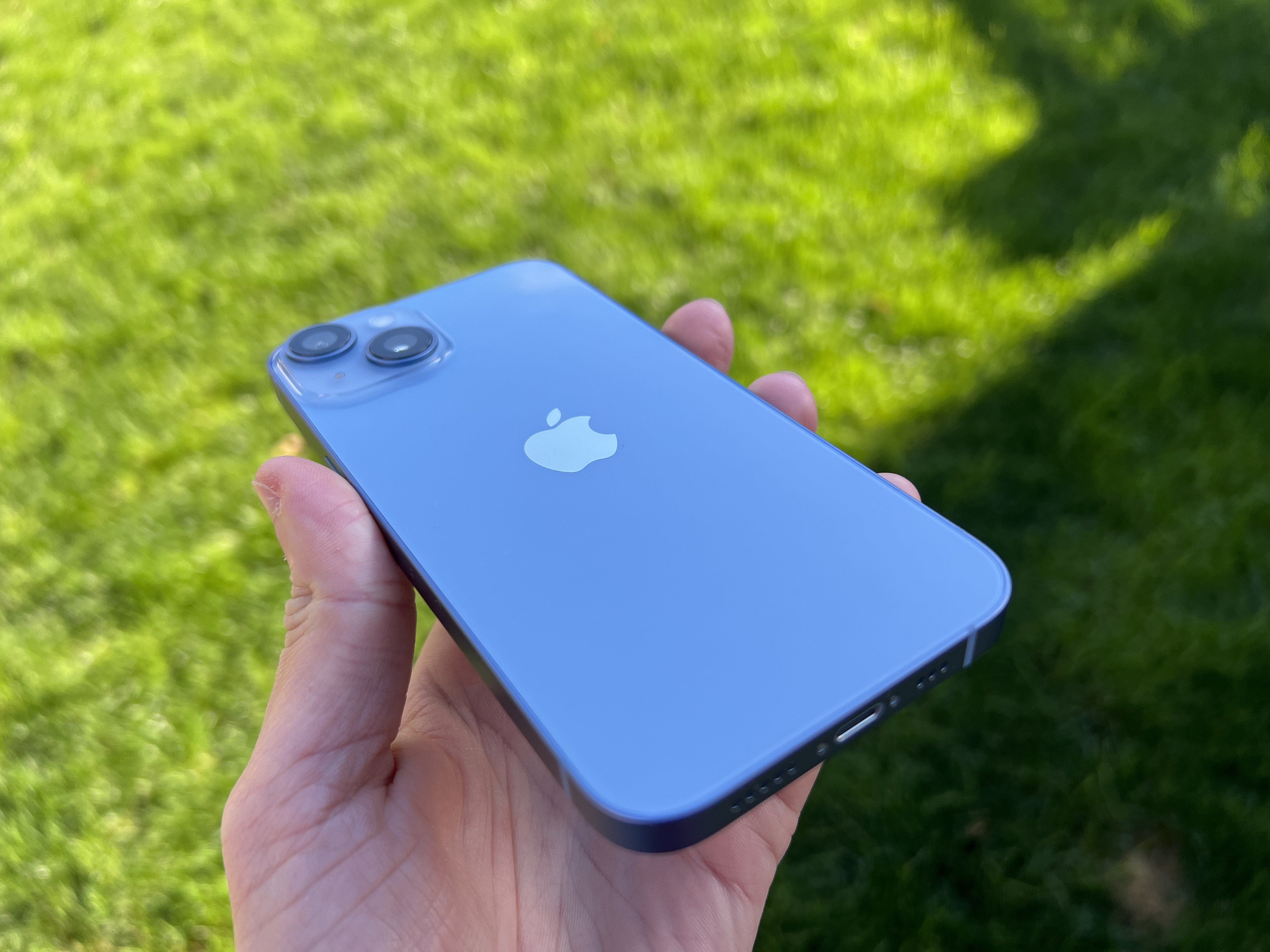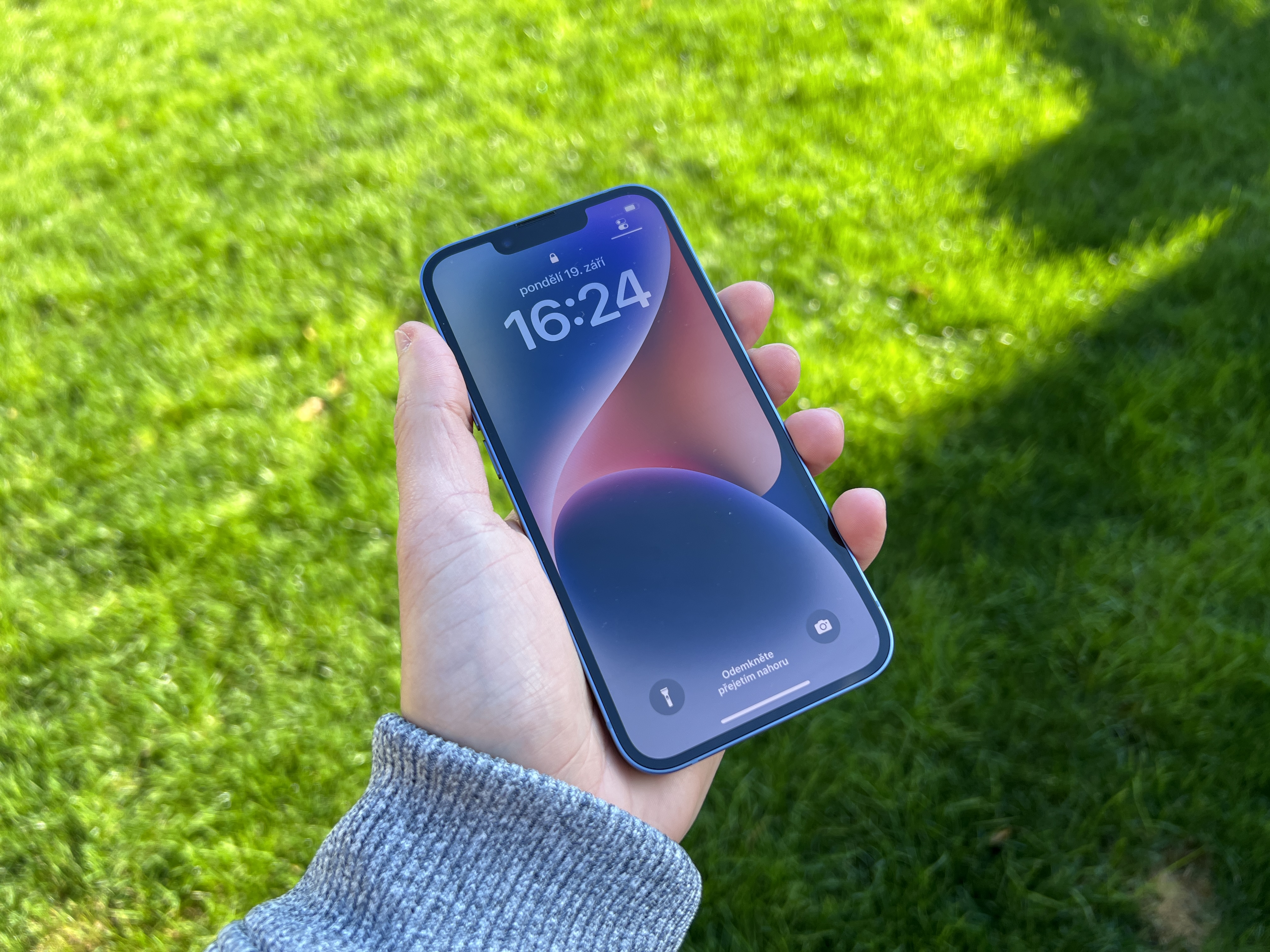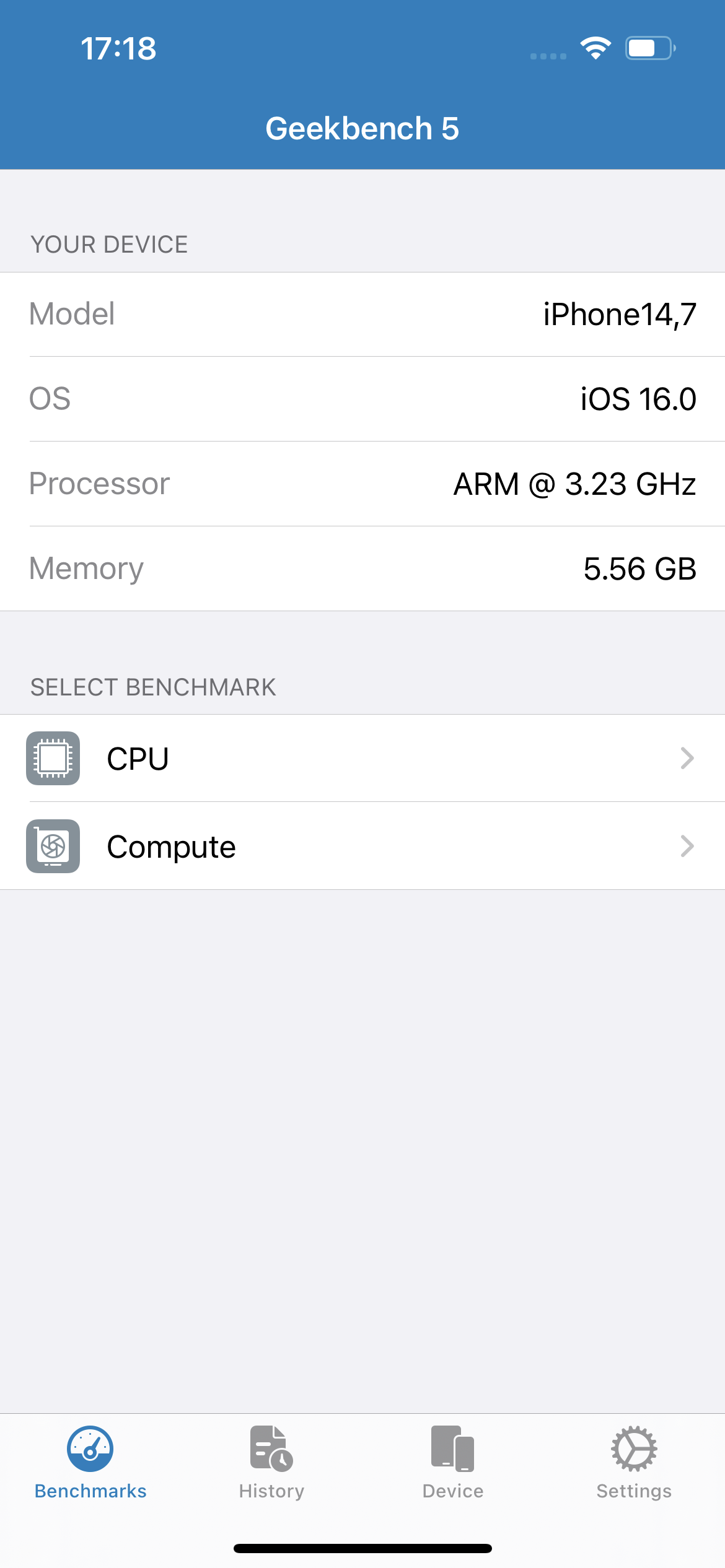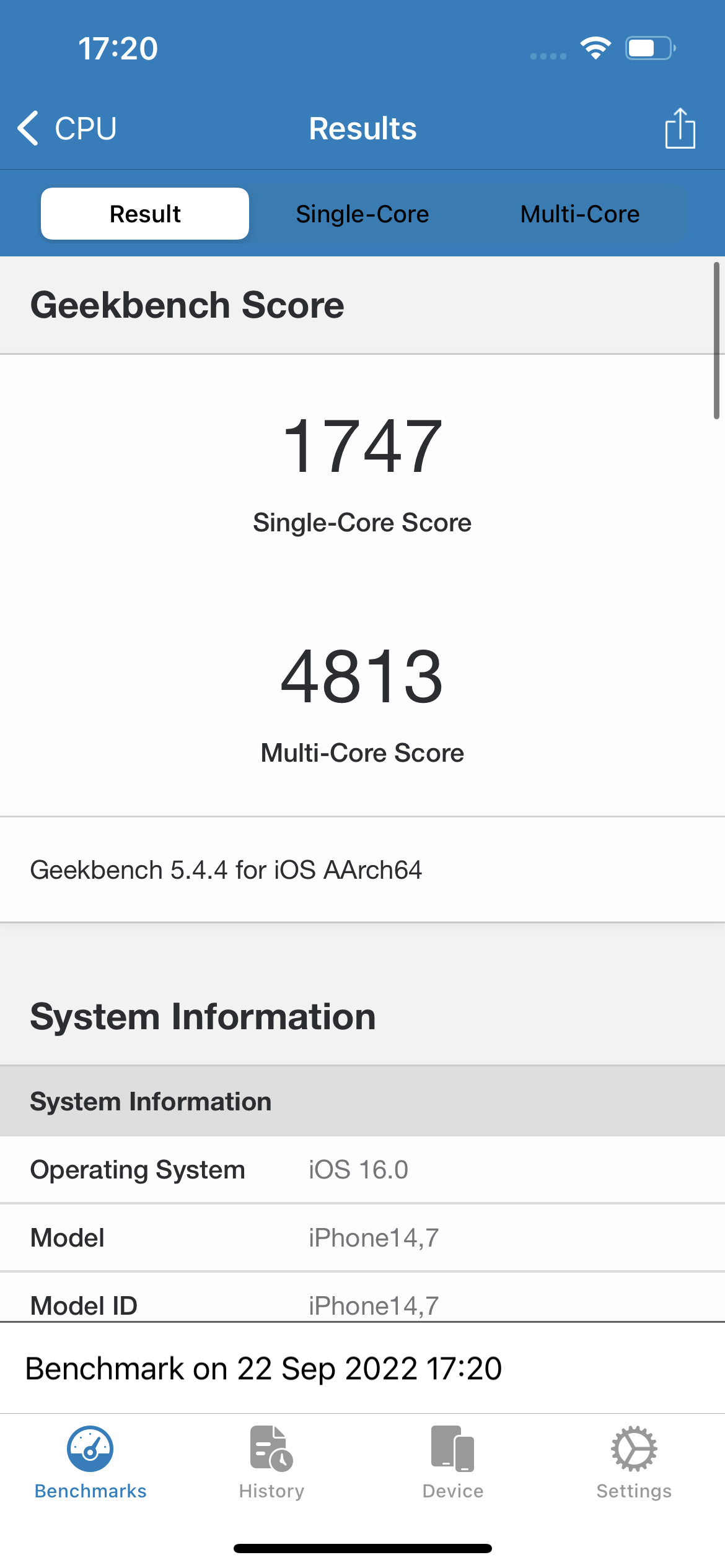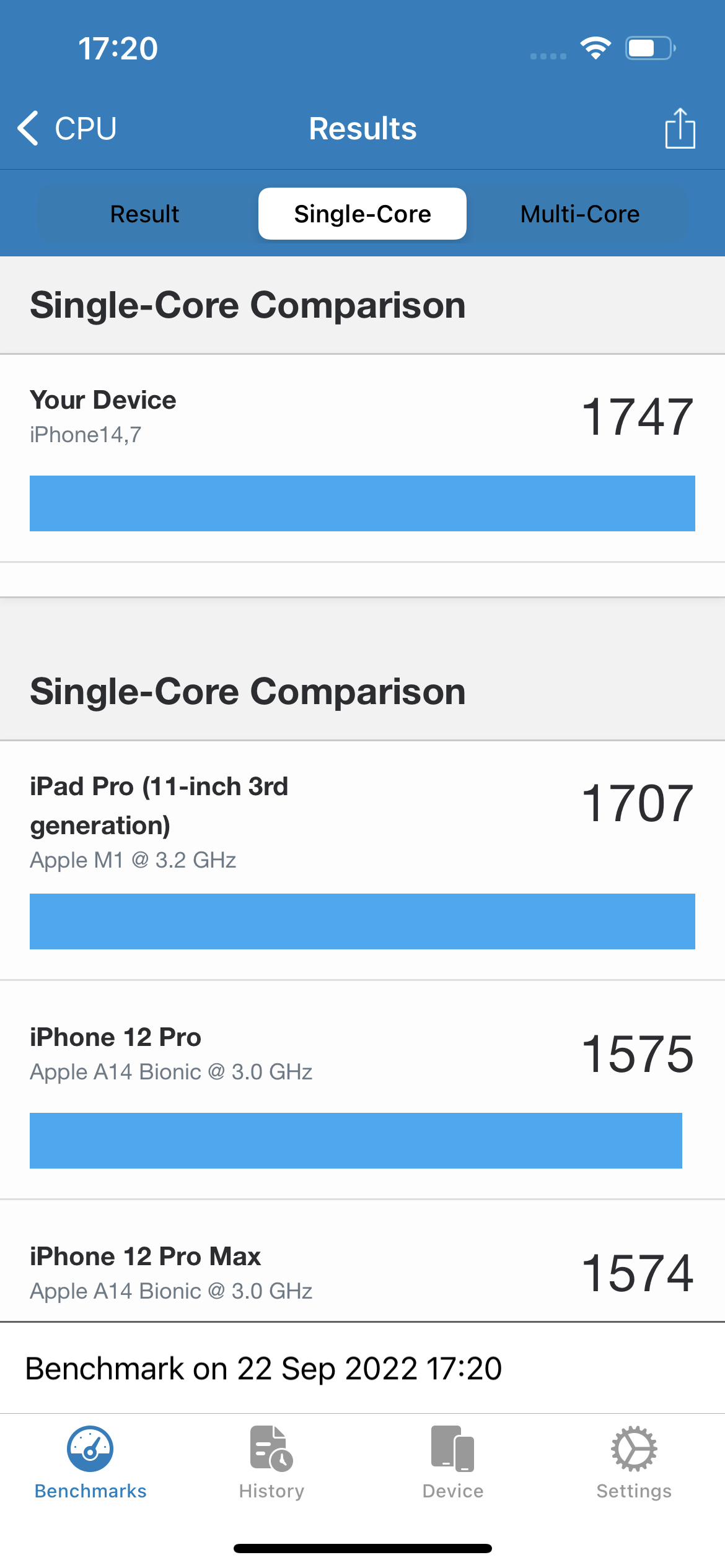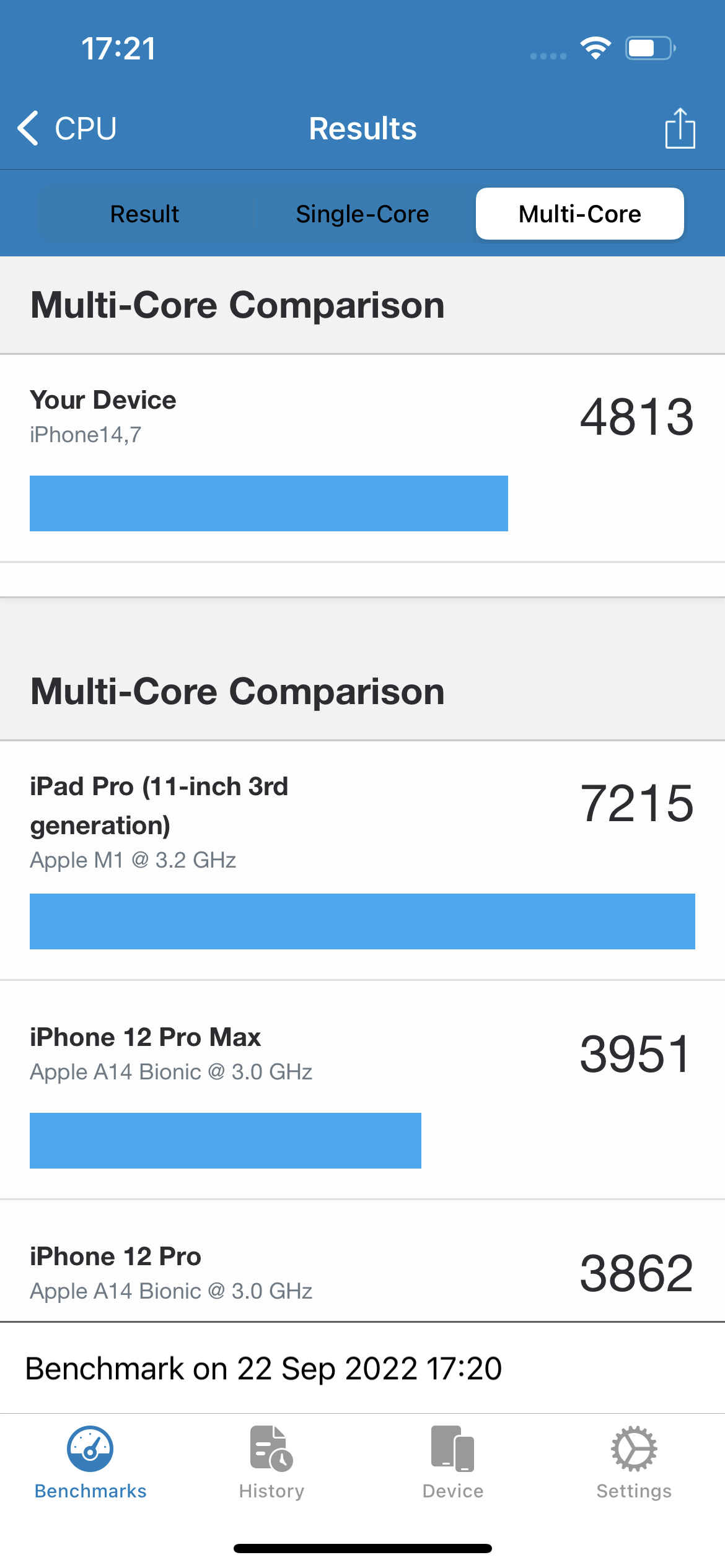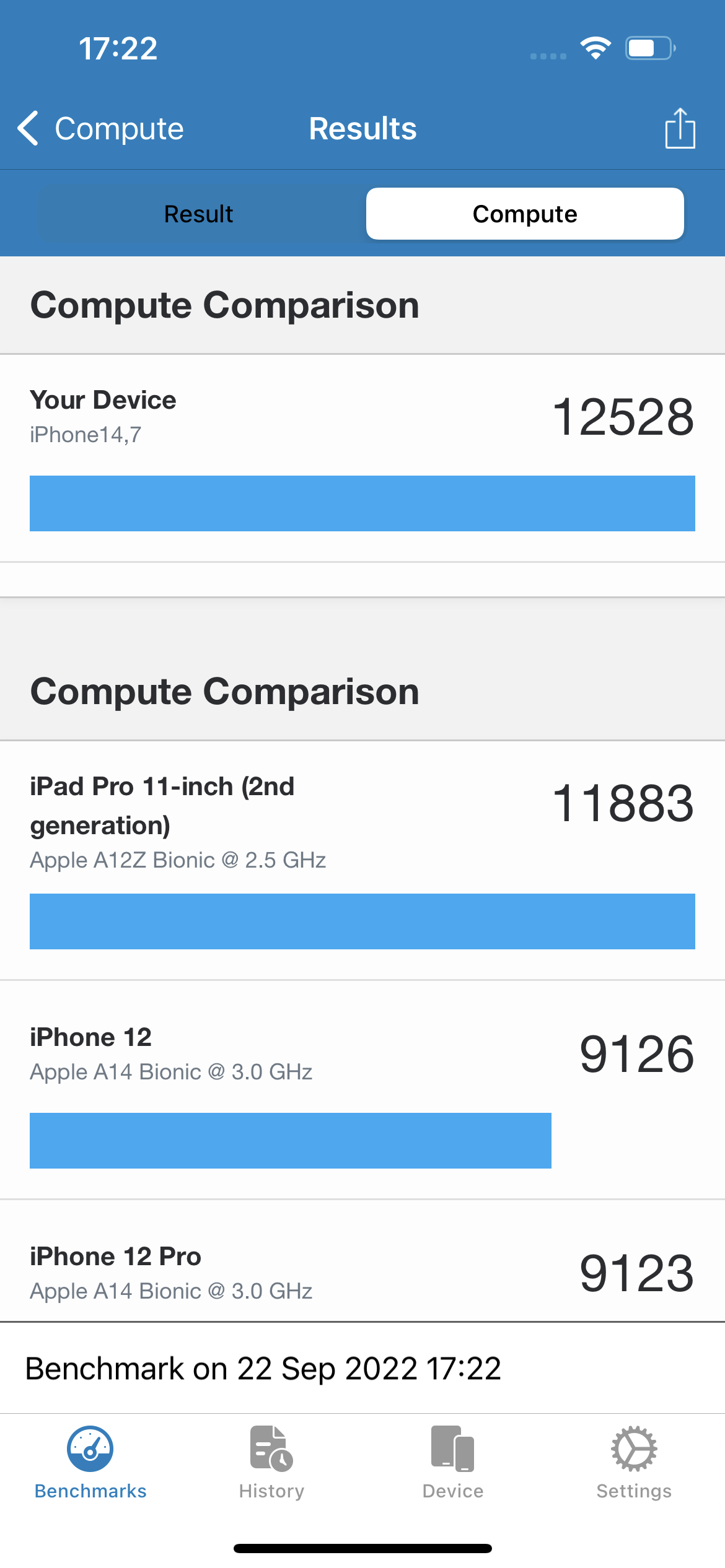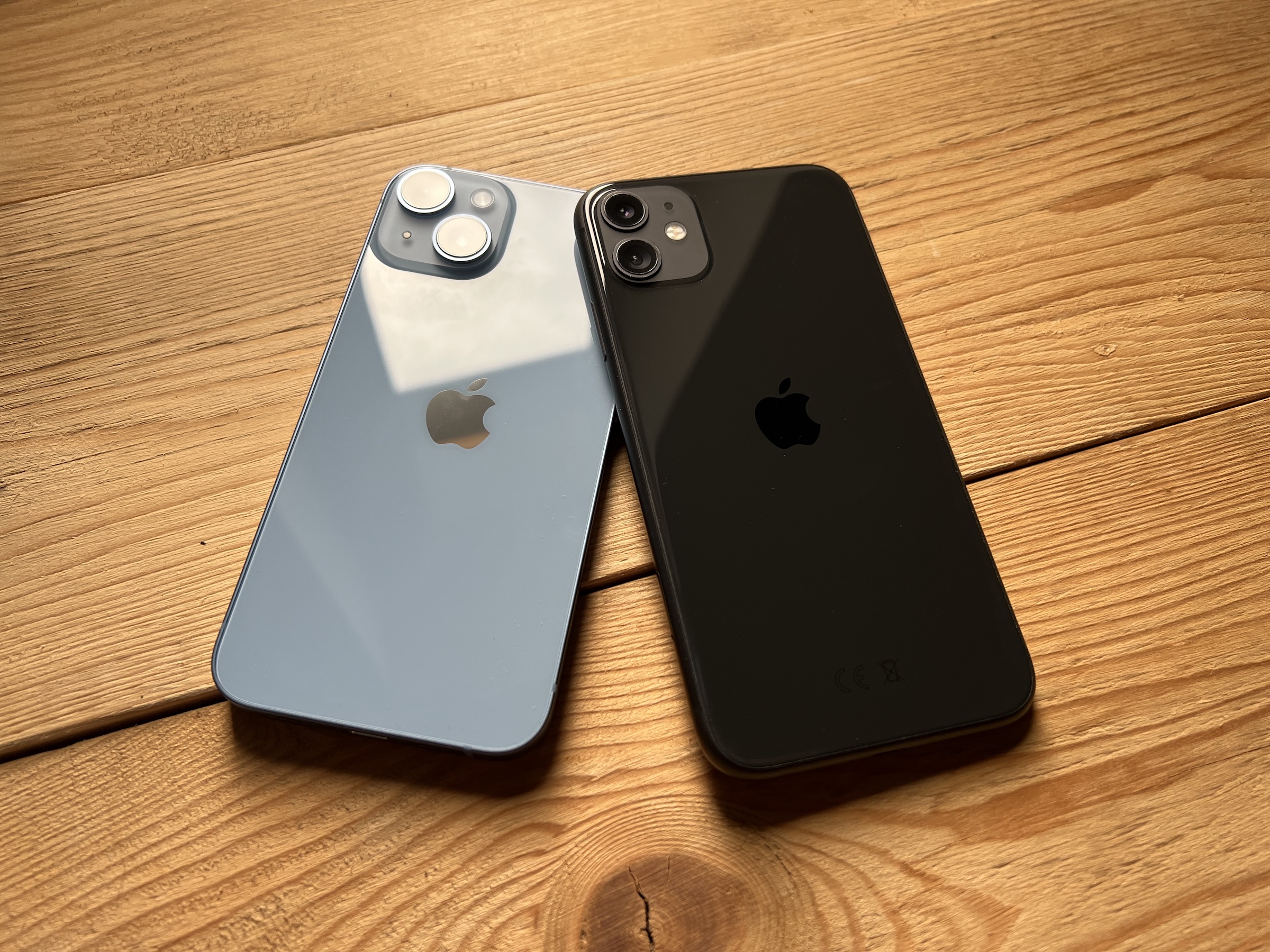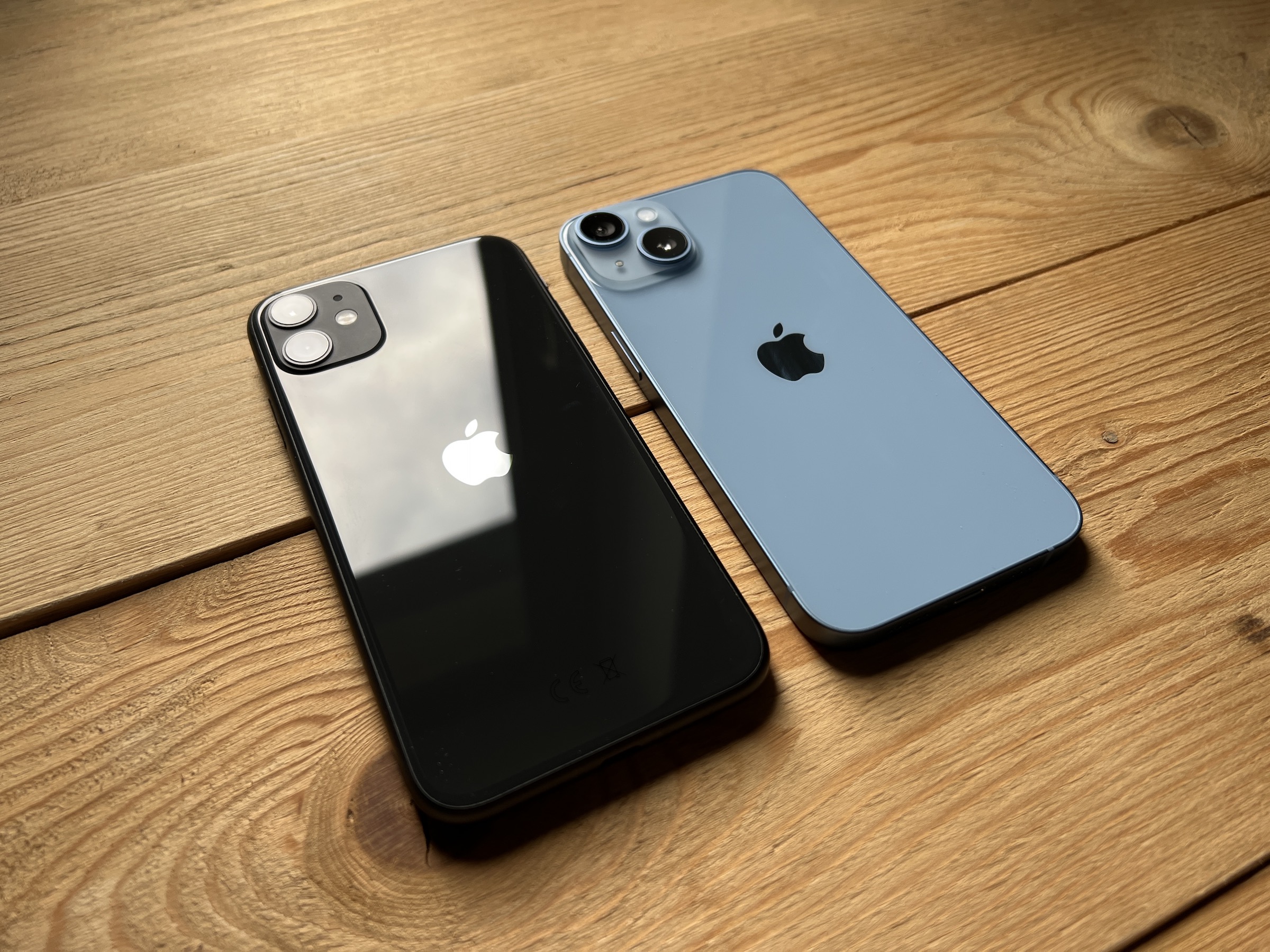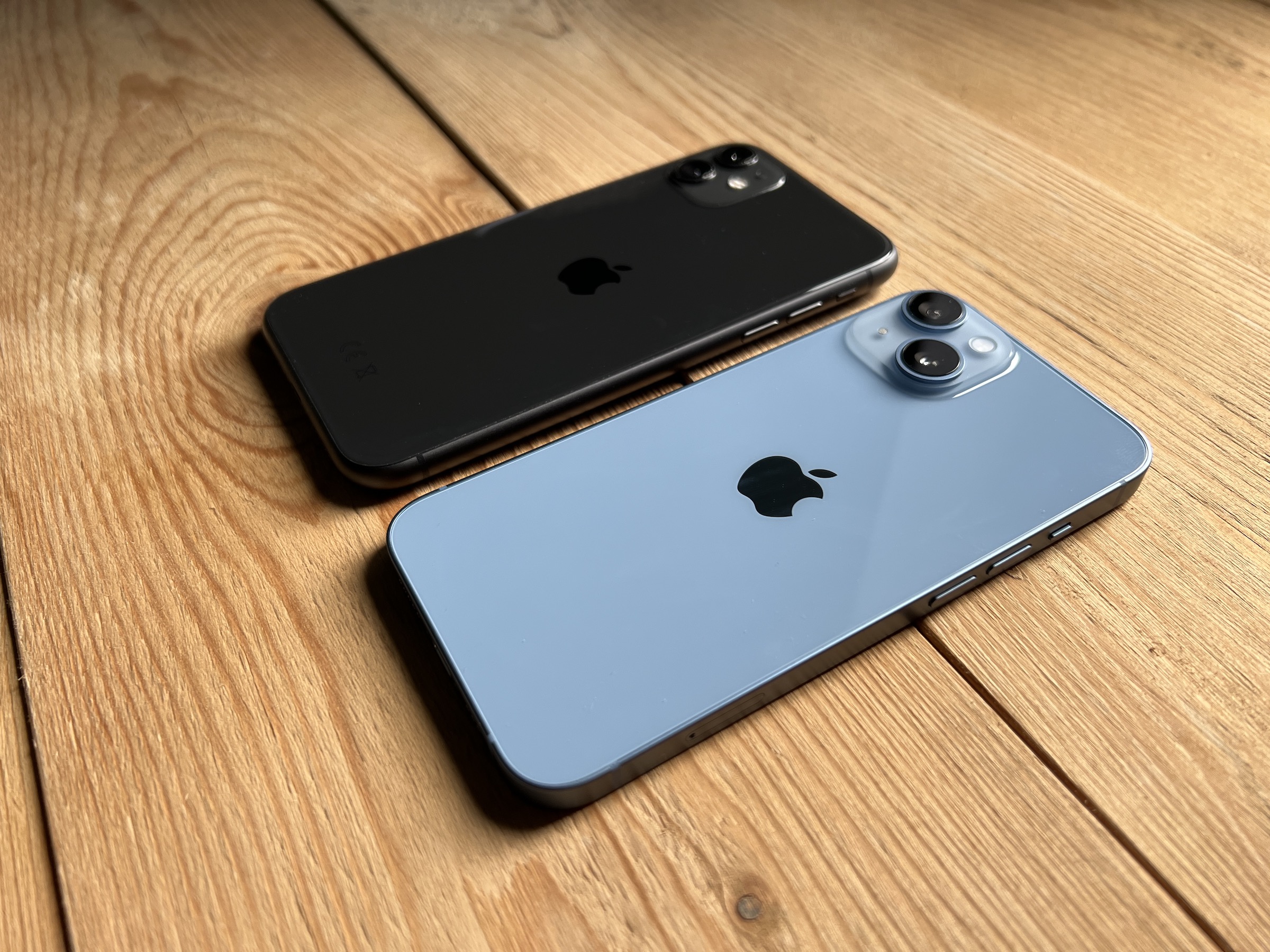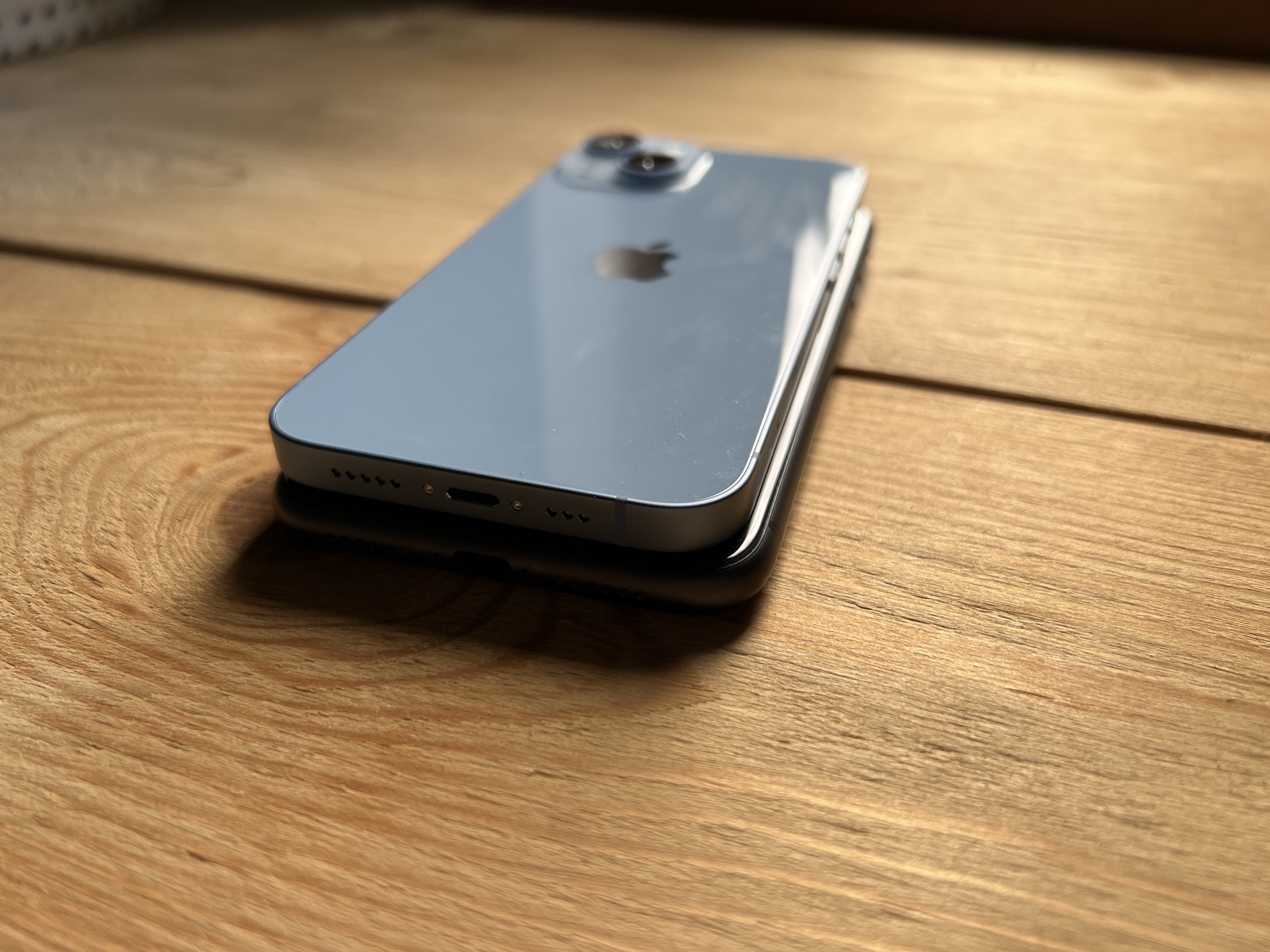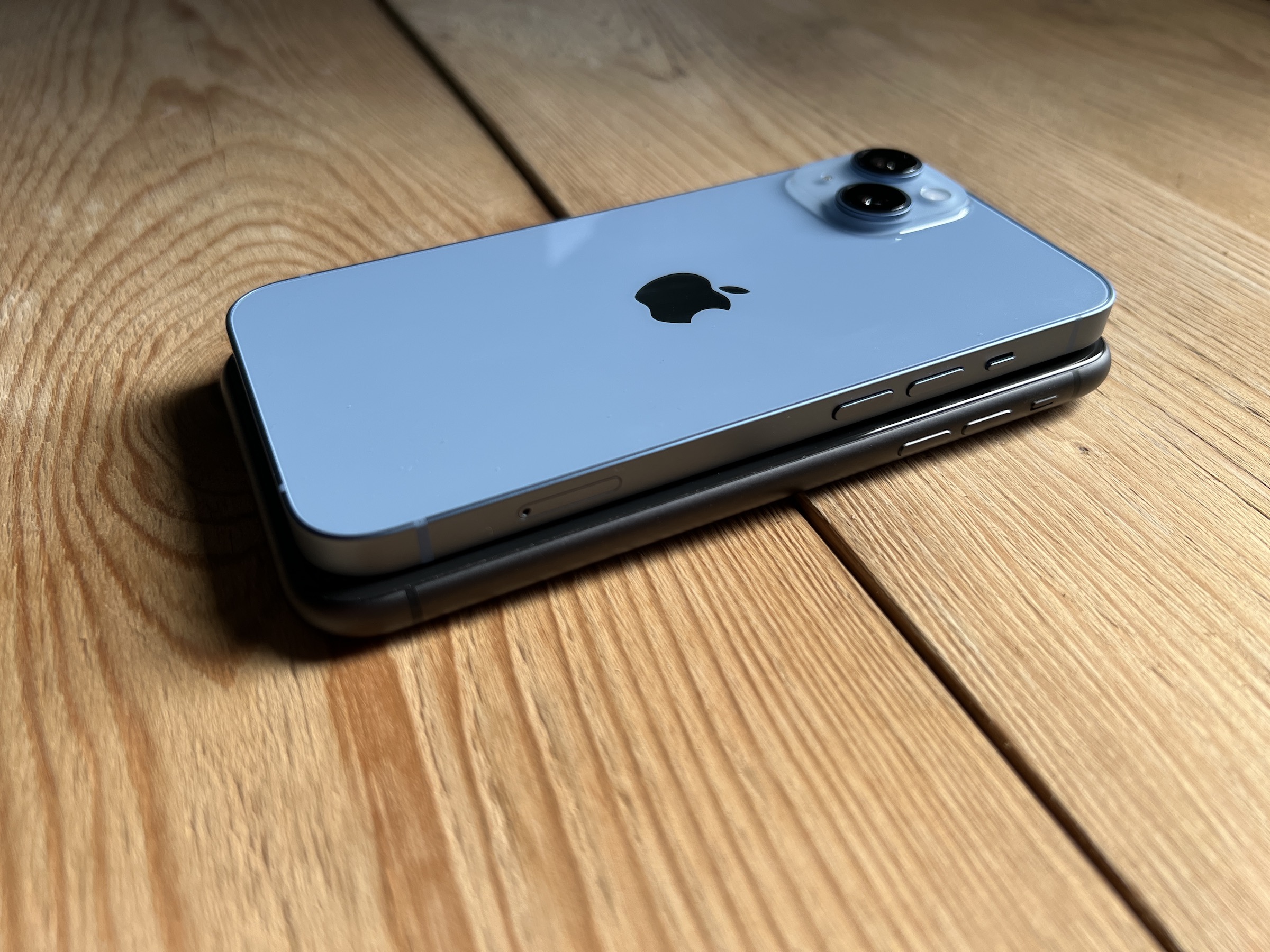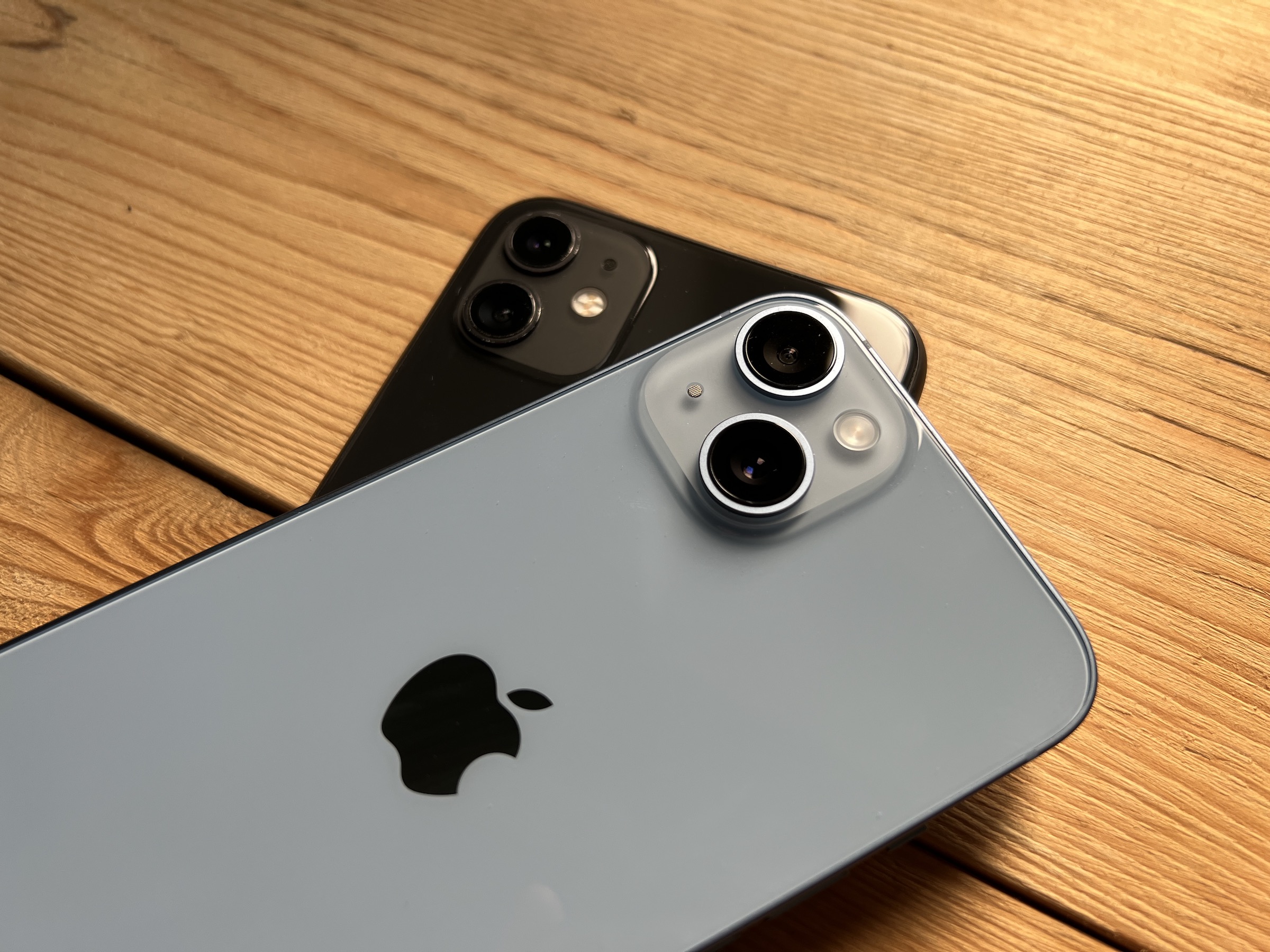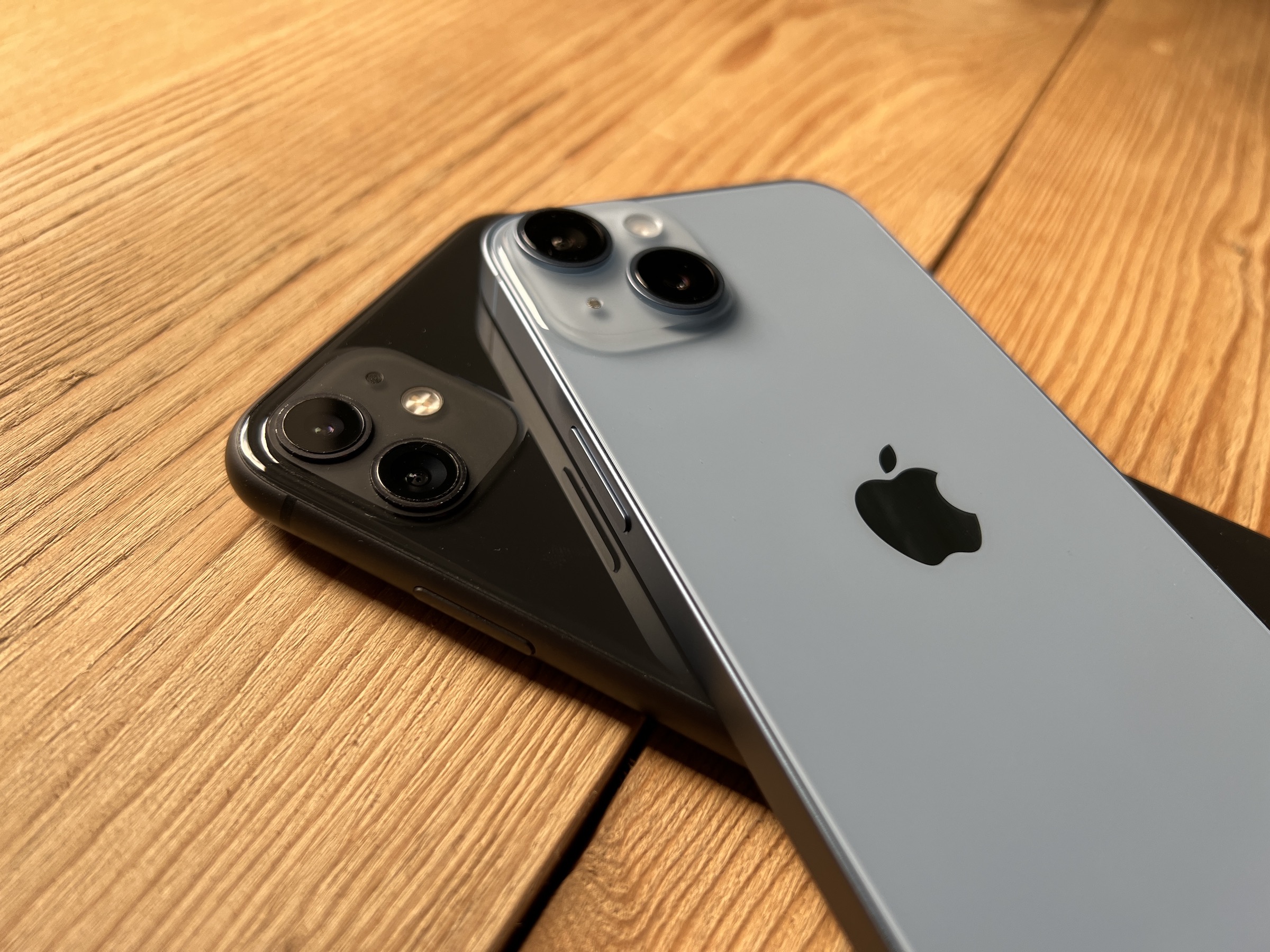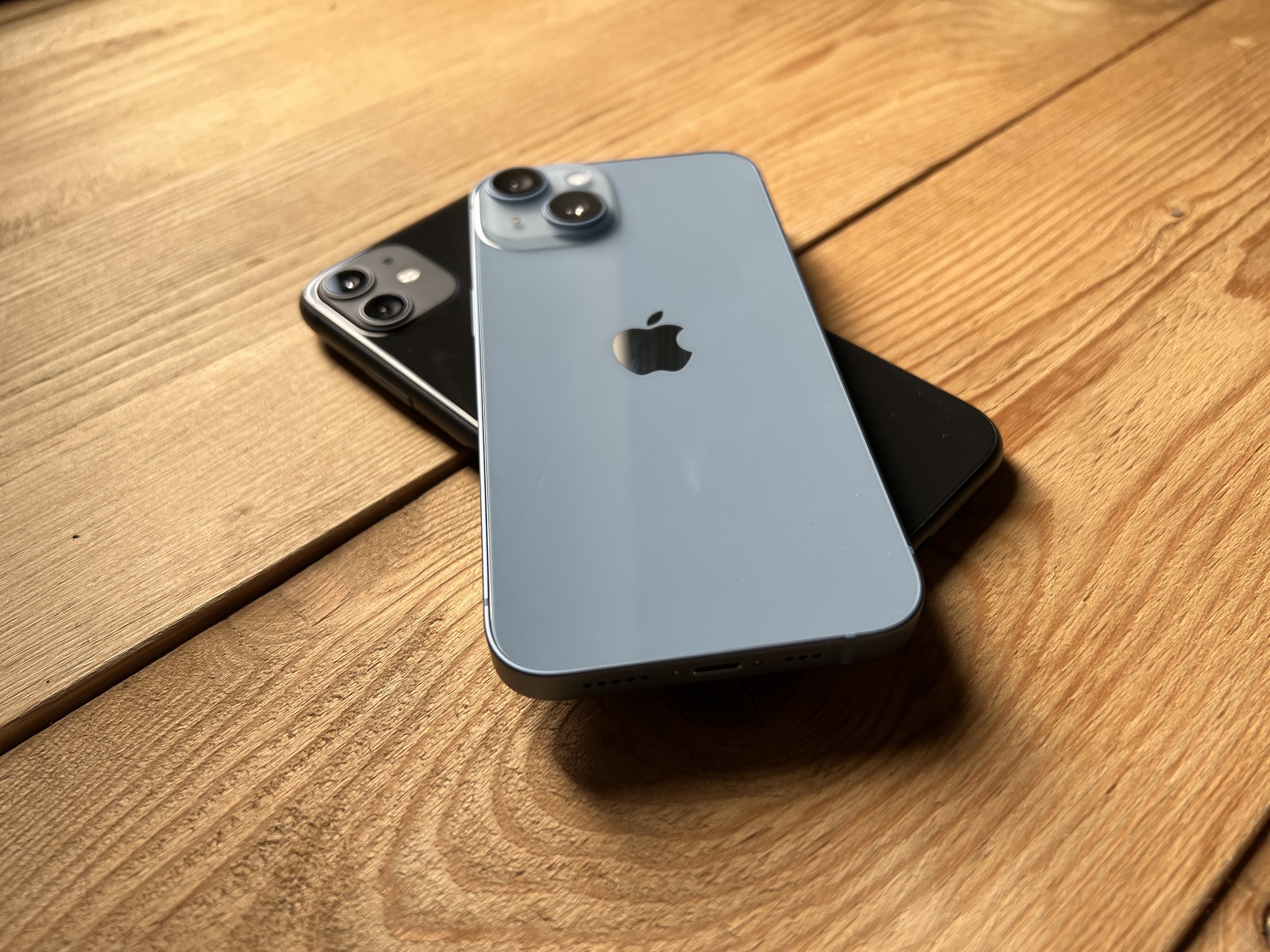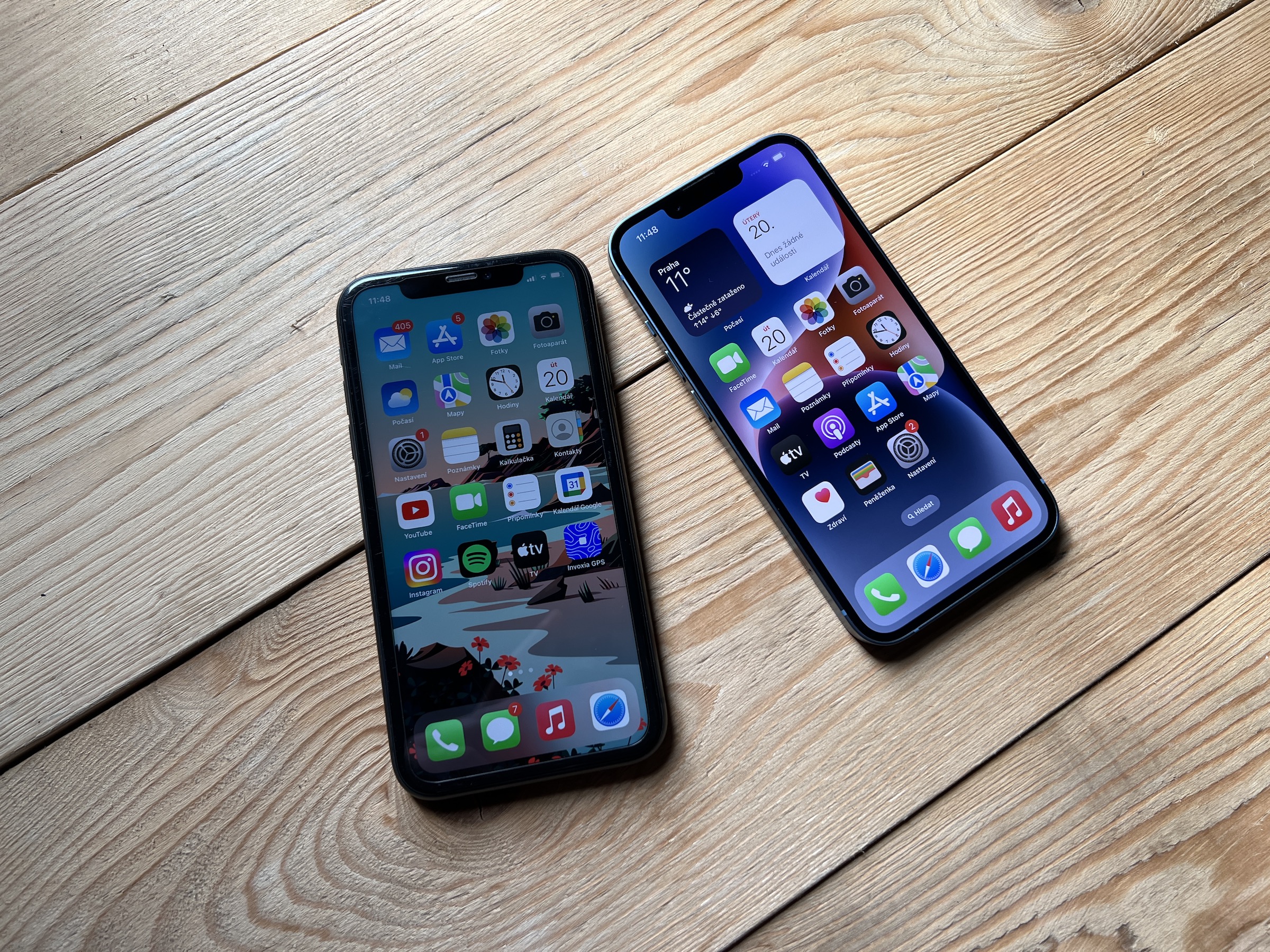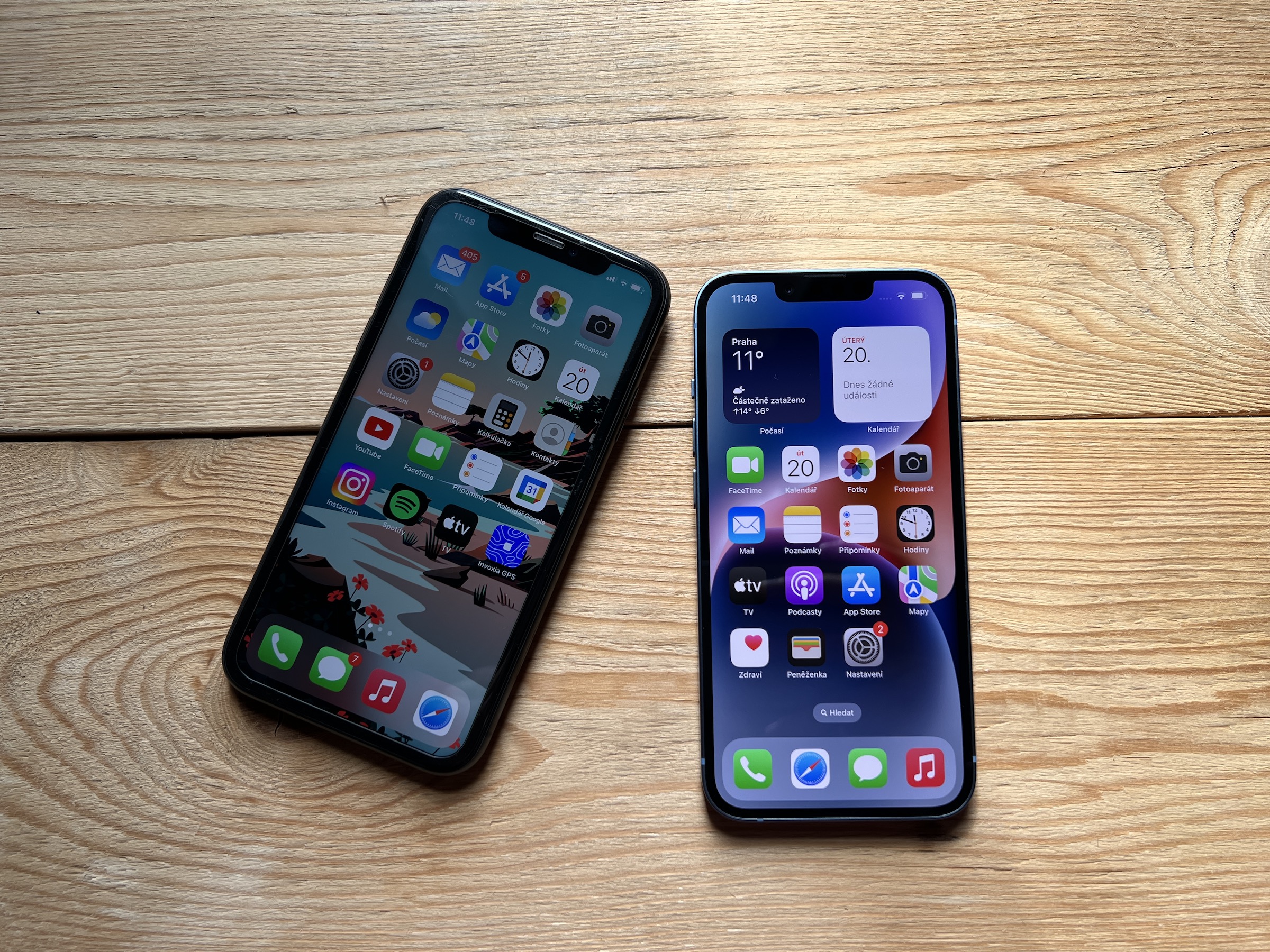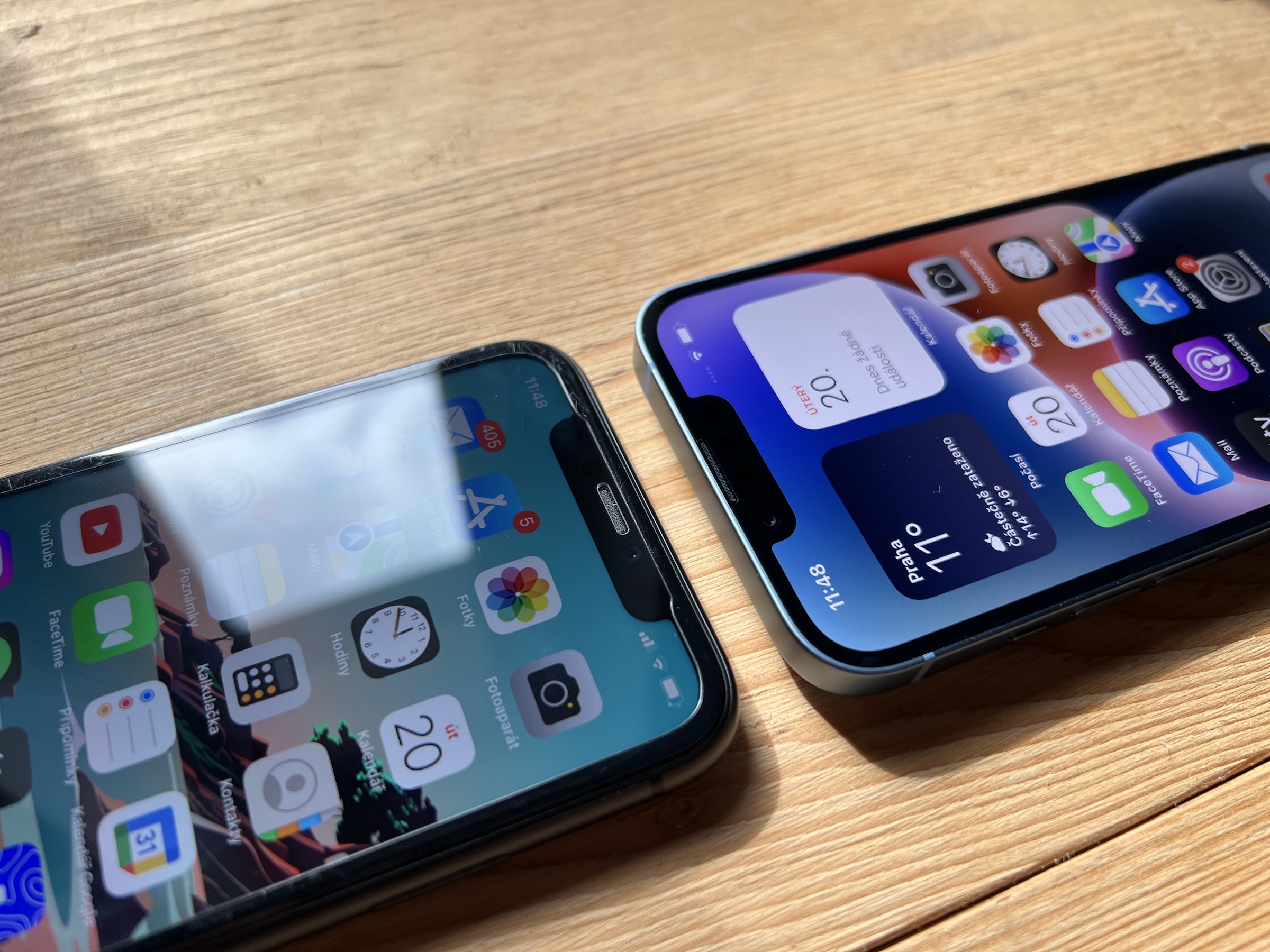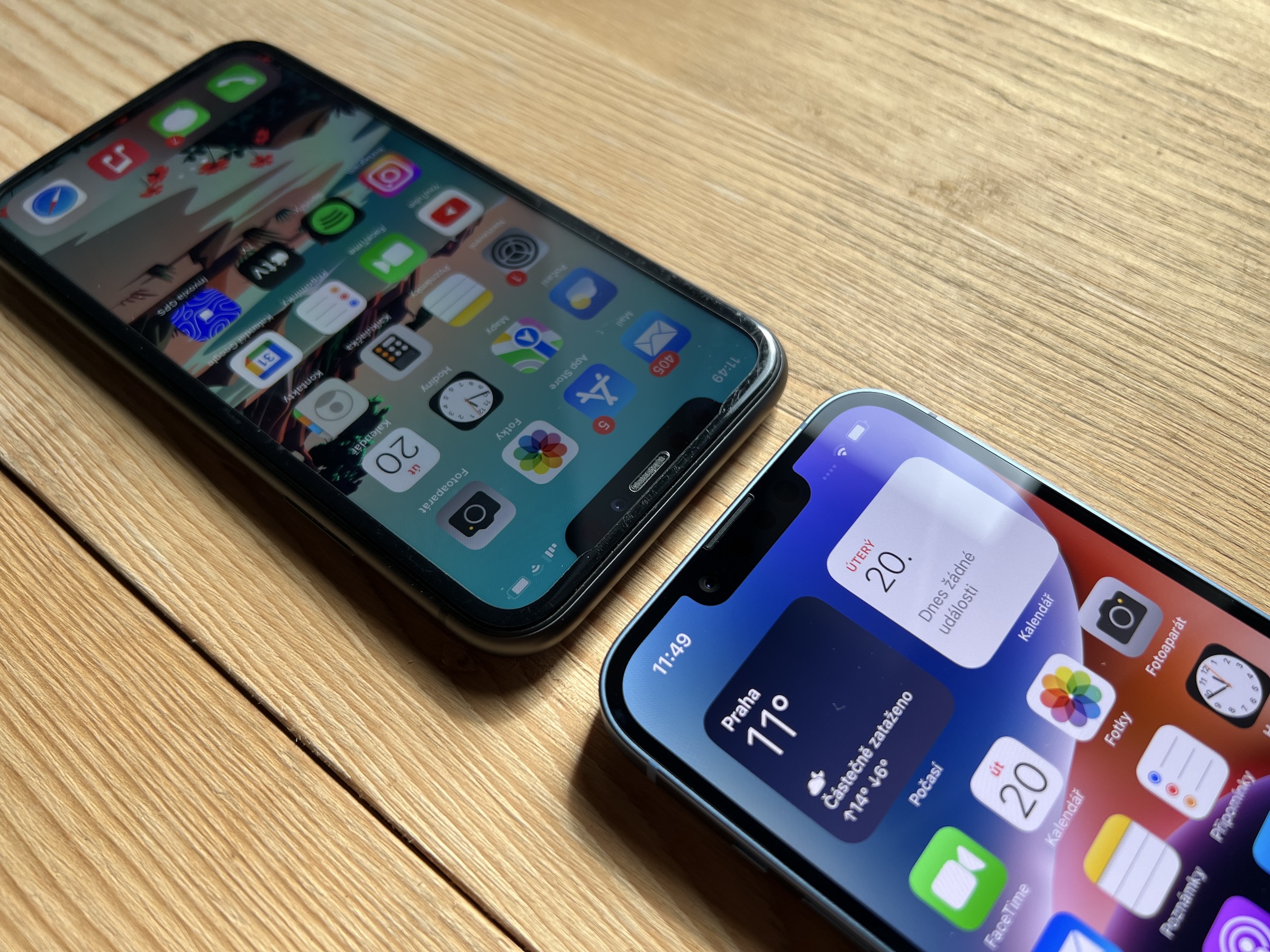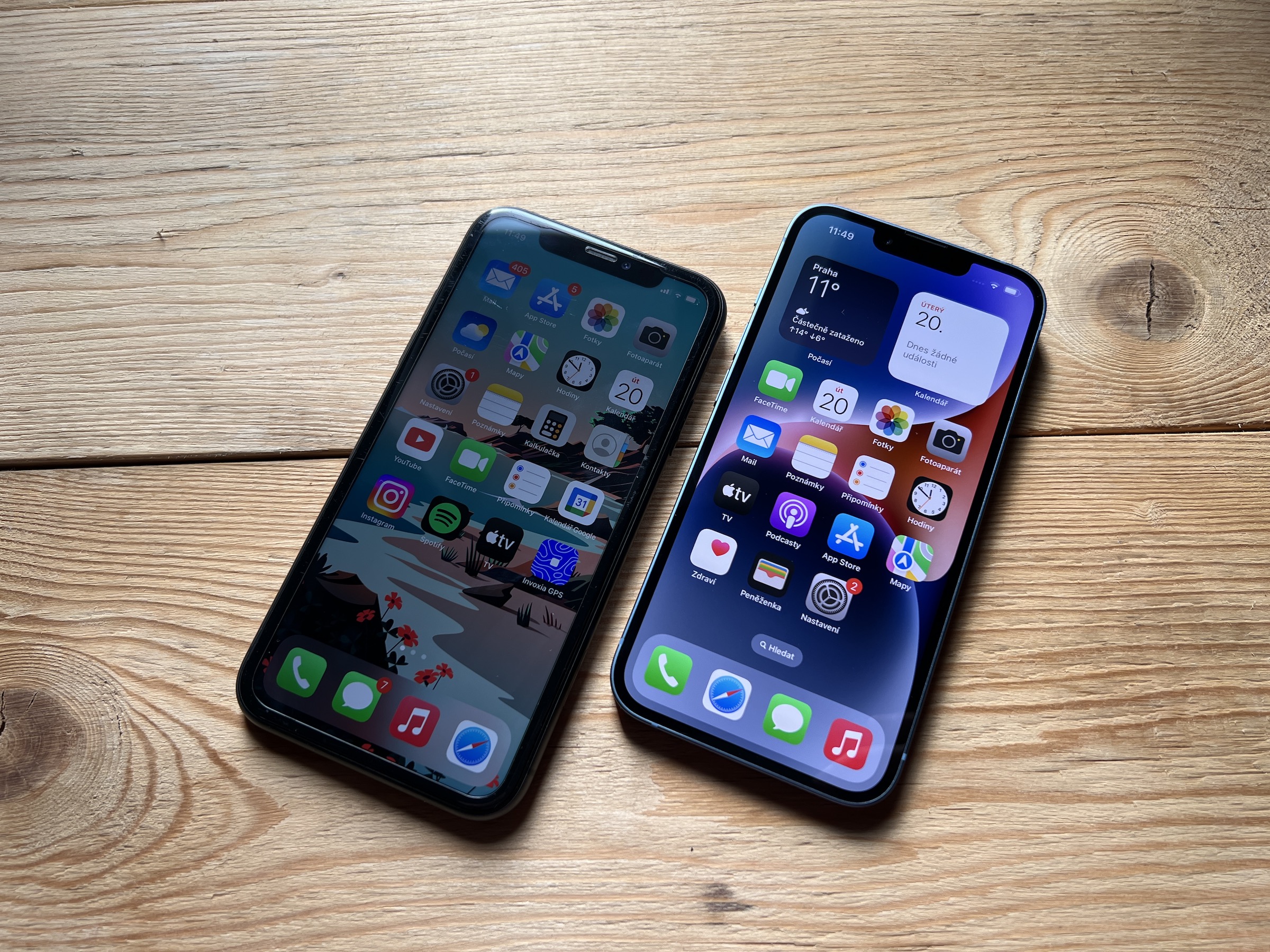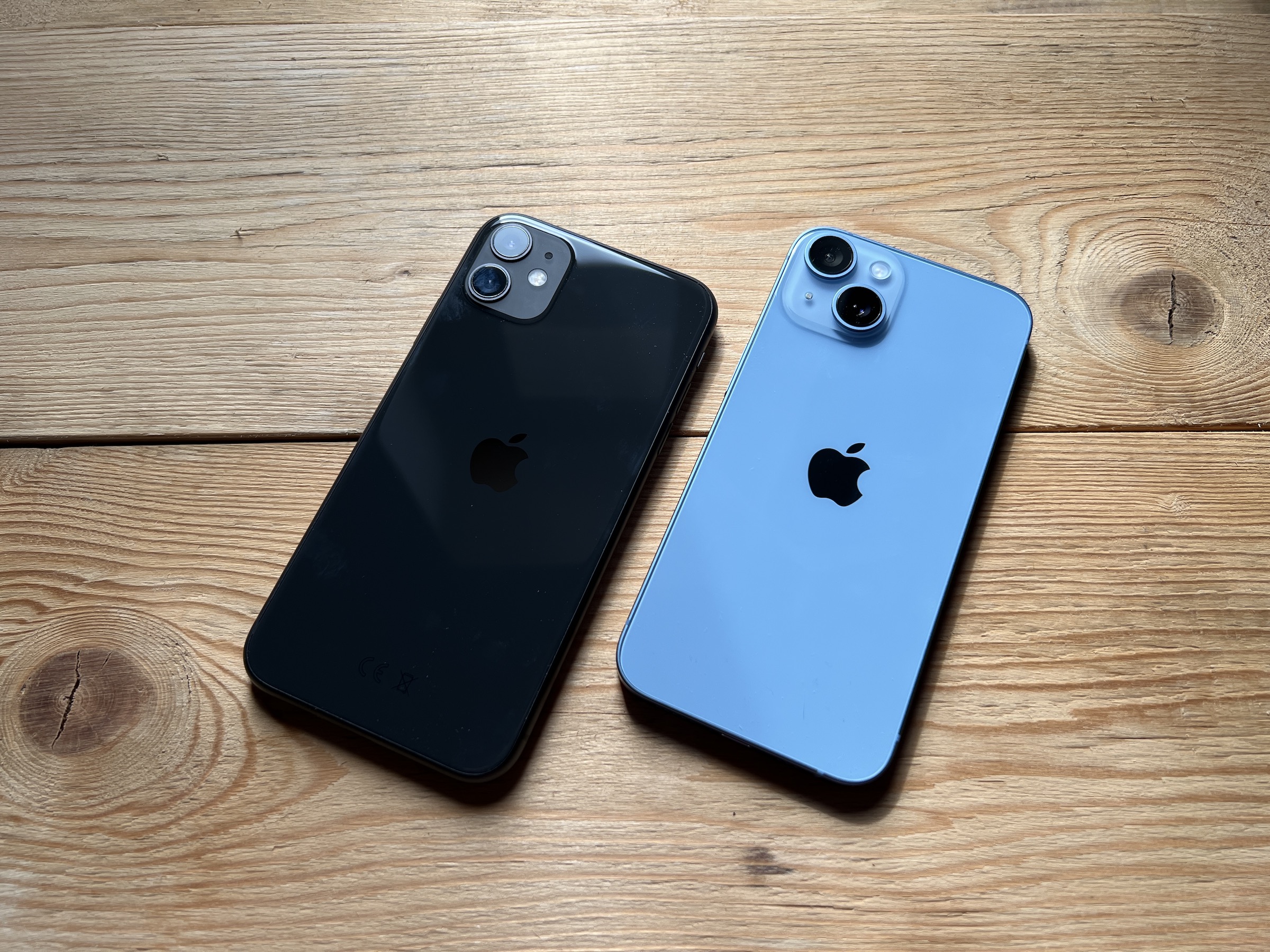When Apple introduced the iPhone 14 series, it was the entry-level model that was cast as the least interesting. It must be said that quite rightly, because it brings really little news. However, this does not mean that you should ignore it. It still has a lot to offer, but depending on which iPhone generation you're switching to. It clearly doesn't make sense out of thirteen.
We have two sizes here. The mini model replaced the iPhone 14 Plus, but the price tag also increased with it. After its launch, the iPhone 13 mini cost 20 CZK in the case of basic storage, the 14 Plus model costs exactly 10 more, and that's not exactly a little, because it's actually a third. The basic iPhone 14 is therefore the most affordable new iPhone, which automatically fits it not into the role of an outsider, but rather a bestseller. Although the current numbers do not quite match it. People tend to go for the Pro versions, either because of the Dynamic Island or the 48MPx camera.
The appearance is almost unchanged
In terms of appearance and not much happened. You can distinguish the iPhone 14 from the previous generation primarily thanks to a different color palette. Actually, only almost, because you will have a problem with such a starry white if you don't have a direct comparison - the new one is lighter, the red is more saturated, the dark ink blue is more.
You can also orient yourself according to the larger photo module. Here again, if you don't have an iPhone 13 in your hand, you won't know it. If only Apple still supplied Lightning screws in the same color as the body of the device. One might find it rather embarrassing, as the Pro line goes. The proportions remained the same, i.e. 146,7 x 74,5 mm, only the thickness increased from 7,65 to 7,80 mm. But the weight dropped by one gram. However, you won't recognize any of this in your hand either. Simply put – the iPhone 14 is simply the iPhone 13, which would rather deserve the epithet "S", but which Apple has not used for a long time, so here we have a new generation that does not really bring much new and rather improves it.
However, the question must be asked if this is actually her task. The main innovations are expected from the Pro models, and the basic iPhones tend to ride on decent year-to-year upgrades, which is not only a problem for the current series, but the 68s were actually better than the 30s anyway. The resistance against spills, water and dust remained, so we still have compliance with the IP6 specification, when the device can handle up to 60529 minutes at a depth of up to XNUMX meters, according to the IEC XNUMX standard.
It could be interest you

With regard to the safety of not only the phone, but also the user, there is a new car accident detection. So if you don't have an Apple Watch, your iPhone will call for help if you don't respond to it within a certain time. Satellite communication is, of course, another big, but still unusable, innovation for us. Whether and in what form it will reach us remains to be seen. However, it has potential.
The display is the main problem
There is a clear disappointment in the area of the iPhone 14 display. The Plus model has at least increased the diagonal, which will come in handy for many, but the basic model has kept the same one from last year. Not that it is bad, but Apple can do more, it just doesn't want to put advanced technologies in the basic version. So it is a 6,1" Super Retina XDR display (so OLED), which has a resolution of 2532 x 1170 at 460 pixels per inch.
Neither the contrast ratio of 2:000 nor the maximum brightness of 000 nits or the peak brightness of 1 nits have changed. True Tone or wide color gamut (P800) technologies are also present. There is no adaptive refresh rate, not even that of the iPhone 1 Pro. And, of course, there is no Dynamic Island, which is the privilege of Pro models, and the “200. generation" that Apple showed us with the 3 series. If you simply want more, reach for the iPhone 13 Pro, there is nothing else left for you.
It could be interest you
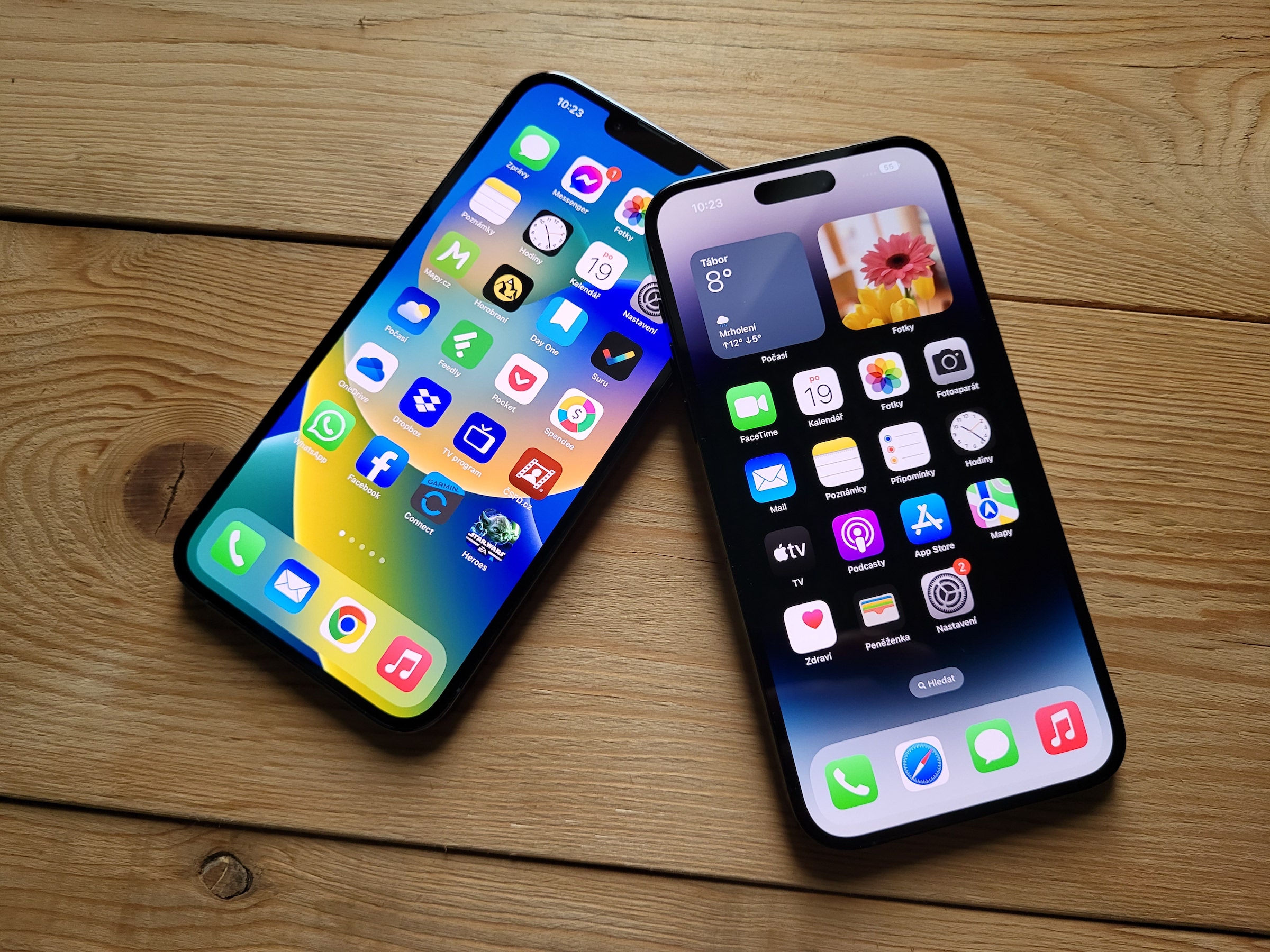
Do you really need more power?
"iPhone 14 has the same super-fast chip as iPhone 13 Pro," as Apple itself states in its slogan. We have a chip crisis here, so it's probably not surprising that Apple used the A14 Bionic in the iPhone 15, which is the heart of the iPhone 13 Pro. Compared to the iPhone 13, it therefore offers one more graphics core, so even if there is a shift here, it is really small. This is a chip produced with 5nm technology, when the A16 Bionic in the higher series already went to 4nm. Currently, it doesn't really matter that the iPhone 14 has a 5-year-old chip, but in XNUMX years it may be a more pressing problem.
There is also the question of endurance. The more efficient chip that is the A16 Bionic is also more energy efficient, so if Apple used it here, one would hope for a longer battery life. The iPhone 14 has a battery with a capacity of 3 mAh, the 279 Pro model has even only 14 mAh, last year's 3 has 200 mAh (at least as it says GSMarena, as Apple does not officially publish this data). So there's a slight increase, with Apple claiming an hour more video playback, an hour more streaming, and 5 hours longer audio playback. Specifically, 20, 16 and 80 hours.
As for charging, everything is the same as before. So Apple declares charging up to 50% in 30 minutes with a 20W or stronger adapter. And he's right. The total charging time is not terrible either, since we have a small battery here after all. It is true, however, that in an hour and a half you can comfortably charge the 5mAh battery of ordinary Android devices up to 000 CZK.
But Apple is a master of optimization, where it has the advantage of "tuning" everything itself. For the basic series, it states that this is the longest battery life of all iPhones. Well, at least with the Plus model we could trust him, but with 6,1" there is a question mark. Of course, it depends on your use of the phone, when you can give it a day and a half just fine. But two days of normal use is the limit.
It could be interest you
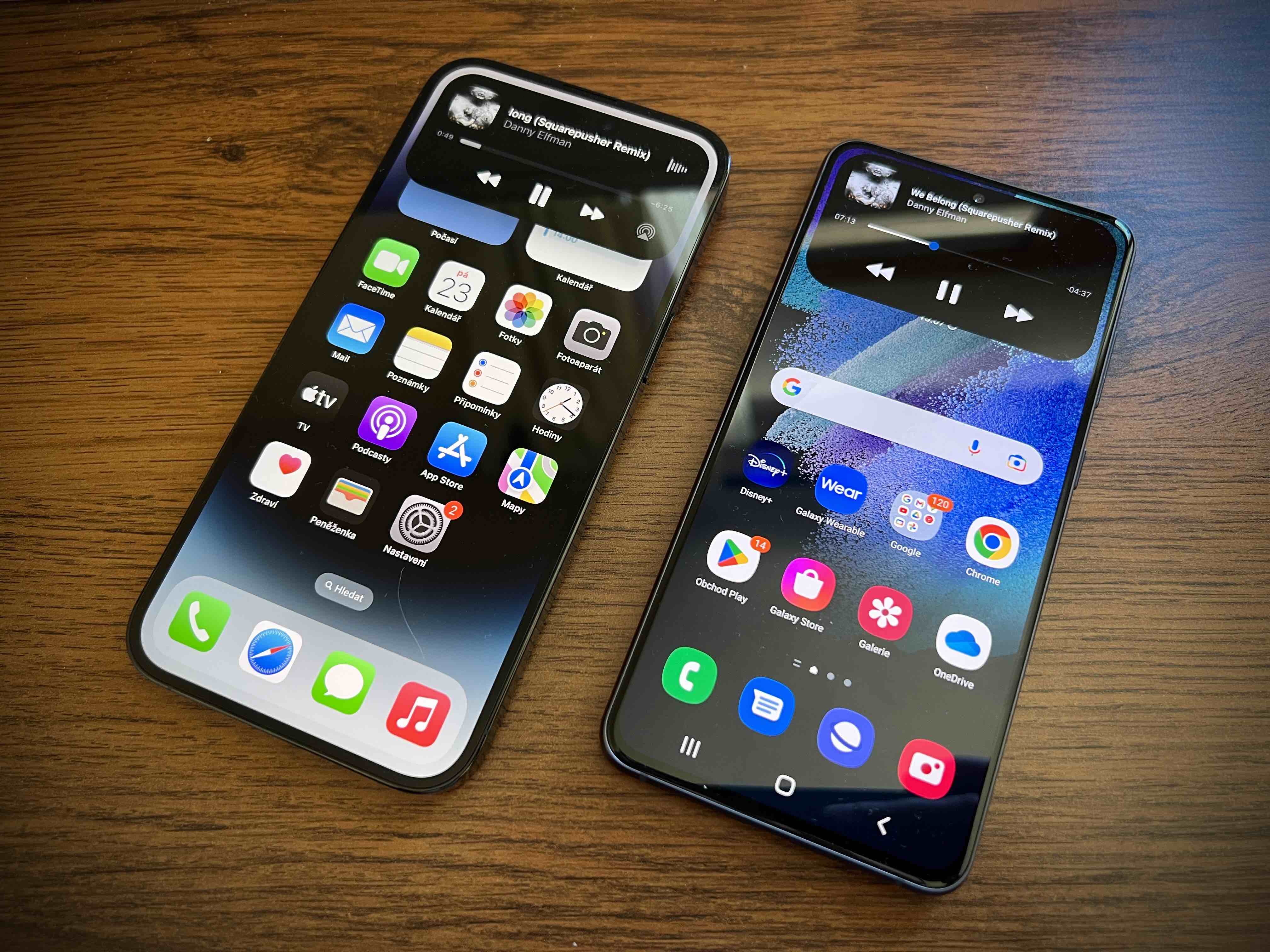
Even the cameras didn't jump that much
When Apple improved the cameras only minimally between the iPhone 12 and 13, here the improvement of the cameras again comes to the fore, although... So we still only have a double 12MPx photo system, but the aperture of the wide-angle camera has improved from ƒ/1,6 to ƒ/ 1,5 and has improved image processing. This should make for even better quality photos in all conceivable conditions, including low light.
iPhone 14 (Plus) camera specifications
- Main camera: 12 MPx, ƒ/1,5, OIS with sensor shift
- Ultra wide angle camera: 12 MPx, ƒ/2,4
- Front camera: 12 MPx, ƒ/1,9
According to Apple, there is a 2,5x improvement in the main and a 2x improvement in the ultra-wide camera in low light. The new main camera has a larger sensor and captures 49% more light. But it still applies here that there must be some light on the scene, and it must be on your side, not somewhere in the distance in the case of photographing a distant night city. Then there's the Photonic Engine. It combines pixels from different exposures at an earlier stage of the process, so it counts with more image data.
The result should be clearer and more faithful, however, in a direct comparison with the iPhone 14 Pro Max, it is evident that compared to it, which also contains this engine, it has a lot of color. The adaptive True Tone flash that Apple gave to the iPhone 14 Pro is not present, so there was no improvement here. In the gallery below you will find a comparison of photos in night mode and with illumination.
The iPhone 14 takes pictures well. Of course, it takes better pictures than last year's model and the one before last, but it doesn't take pictures as well as the Pro models. It won't even top professional tests, because this phone simply loses its telephoto lens. However, it's a great tool for snapshots, for photos without artistic ambitions, for general snapping of whatever you need. I'd probably take vacation photos with it, but I'd remember that telephoto lens with a tear in my eye.
It is also worth mentioning the front camera. It got automatic focus, which is quite common for Androids, and the higher brightness is used for sharper and more colorful self-portraits. However, if the front-facing camera is most important to you, there's no need to splurge on the Pro models. Both cameras are identical, namely 12MPx with an aperture of ƒ/1,9, and the Photonic Engine is also present here. Of course, the Pro models here can work with ProRAW and ProRes, which you don't need in the basic series. You can view all sample photos in detail <a href="https://cdn.shopify.com/s/files/1/1932/8043/files/200721_ODSTOUPENI_BEZ_UDANI_DUVODU__EN.pdf?v=1595428404" data-gt-href-en="https://en.notsofunnyany.com/">here</a>.
It could be interest you
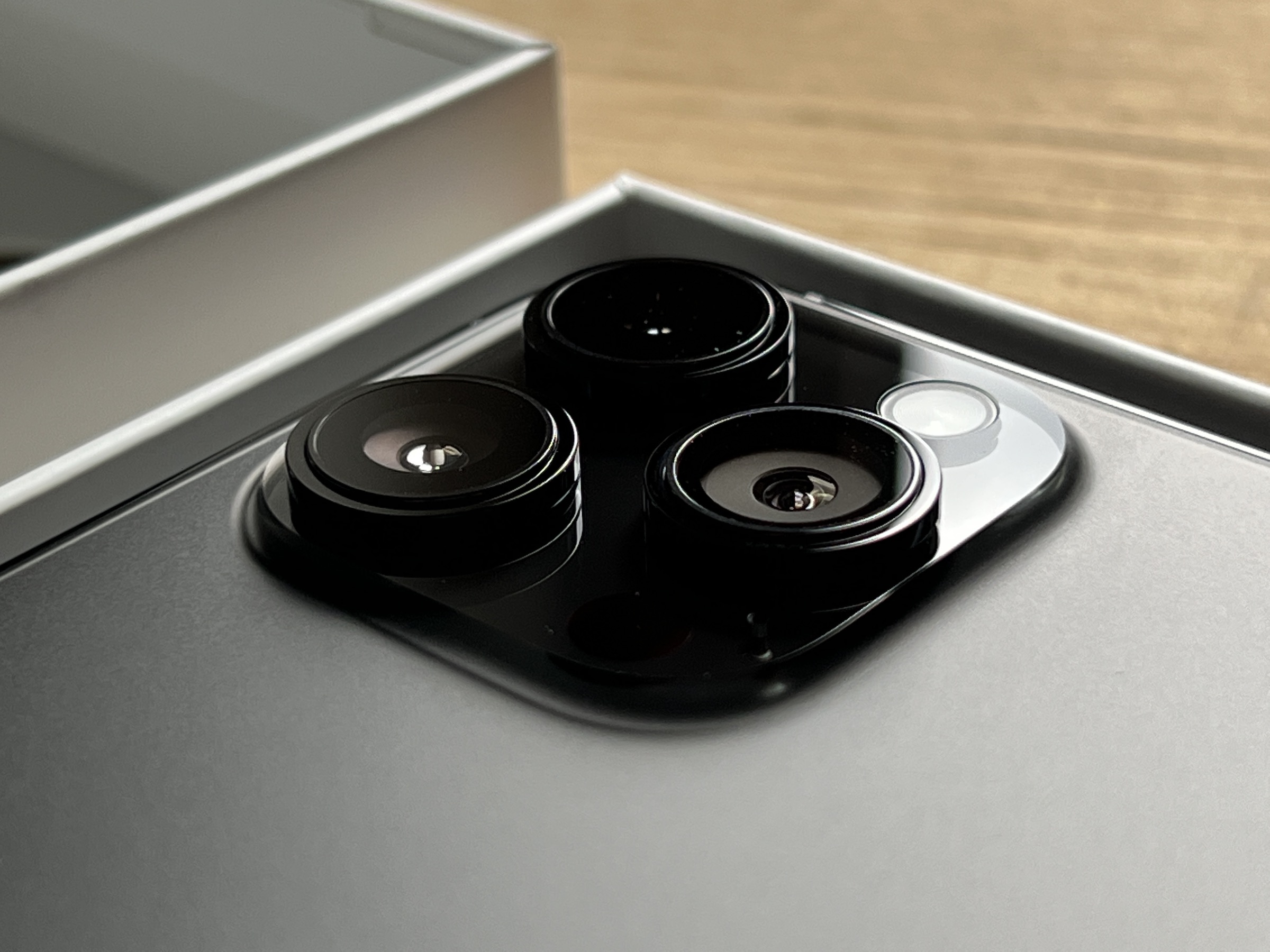
What is clearly fun is the action mode
Film mode finally reaches its potential when Apple adds 4K resolution, at 24 or 30 fps. But no one cares about this mode anymore when the action mode is the hot new thing. It is only displayed in video mode next to the lightning symbol. After activating it, you are warned in too much darkness that you are low on world, so of course it is useful to have enough. IN Settings -> Camera -> Video recording however, you can turn on the option Action mode in low light. This choice then reduces the effectiveness of stabilization in relation to the amount of available light.
Imagine running and holding your phone in front of you as it grinds from side to side and up and down. It doesn't matter if you're only shooting the landscape or the object in front of you, you won't be able to look at it. That is, unless you have just activated the new action mode. It will work with him, because he really knows how to eliminate your movement so that the result is not only watchable, but also usable. Then, of course, there's the question of whether or not you're even shooting such footage. If you haven't done so before because of the lack of stabilization, now you can without fear.
Some results are incredible when you know yourself how you moved while recording them and what the result looks like. By the way, check out the attached videos, which were recorded in 4K at 30 fps. I would never have expected that such an action shot could be so "calm" from the hand. So there is definite enthusiasm here.
It could be interest you
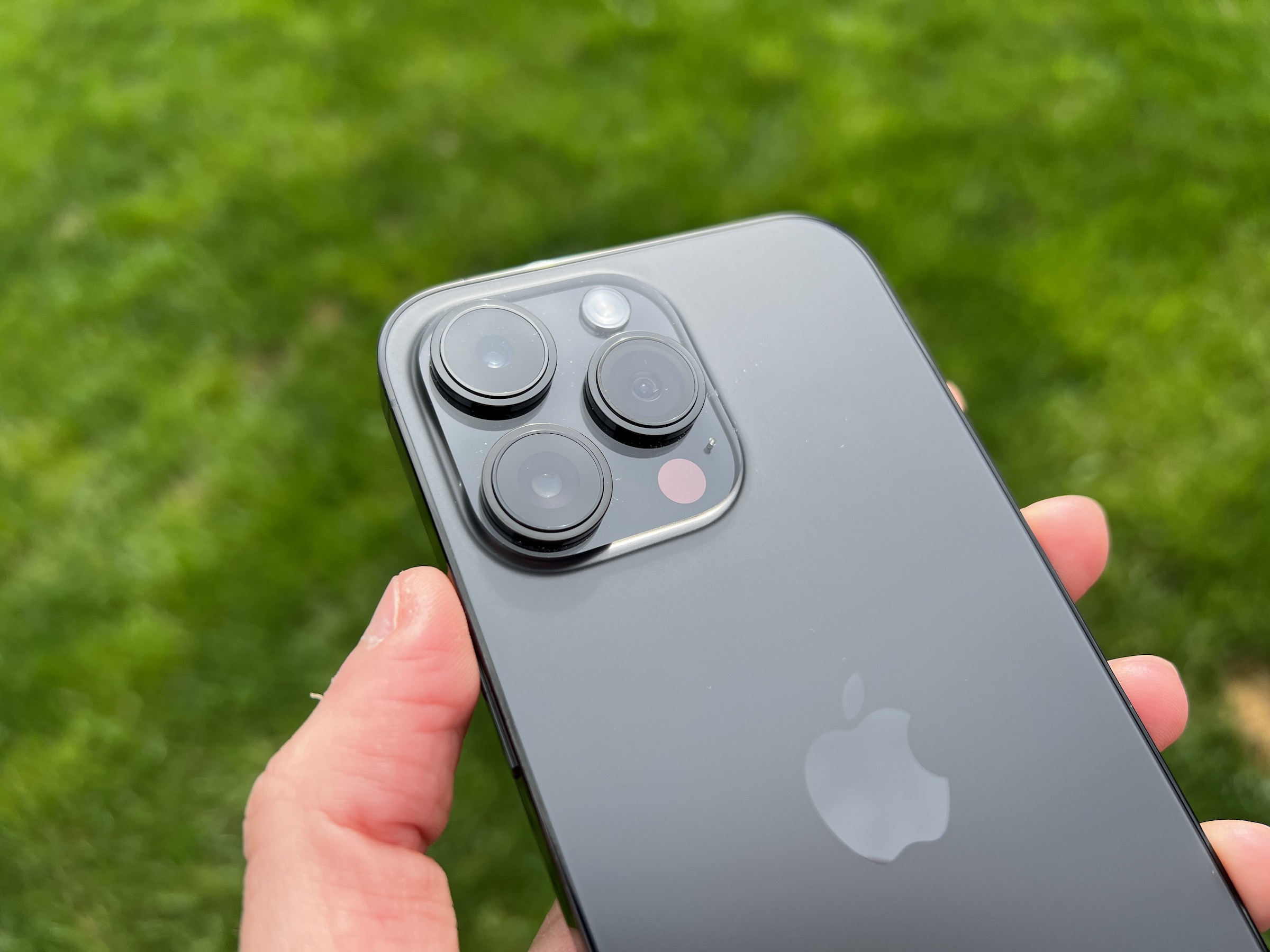
It doesn't offend, it doesn't excite, but it's still liked
The iPhone 14 is exactly what Apple wanted it to be. It may seem to you that the news is not enough, it may seem to you that there is just enough of it. You may think that the iPhone 14 is too expensive, which is why you can buy the iPhone 13 or iPhone 12, which are still in the official offer. But whether it makes sense with regard to gradual evolutionary changes, unique functions and, after all, the lifespan of the device, is up to you.
It could be interest you
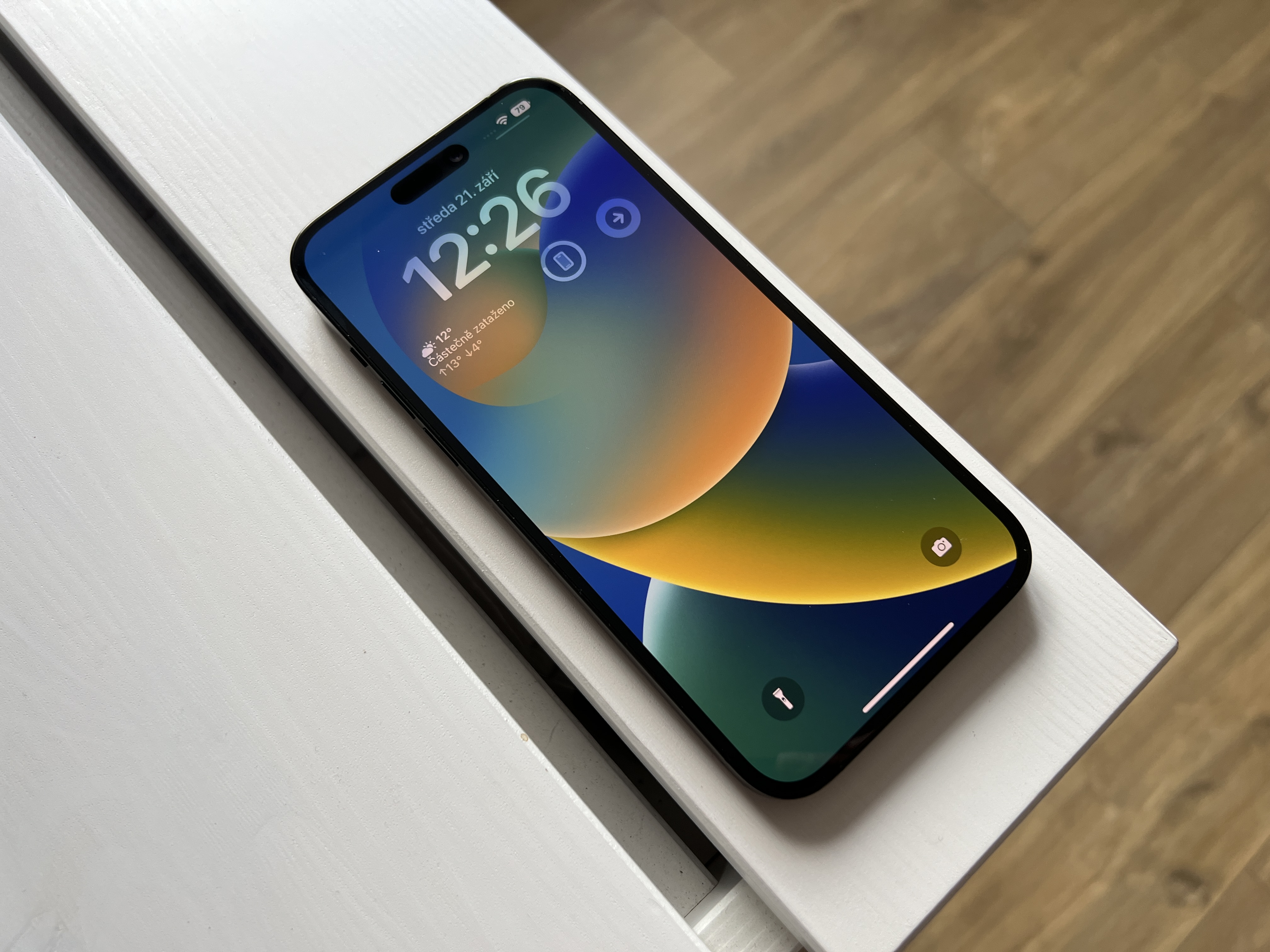
To be honest, owning an iPhone 13 leaves me completely cold. The owners of 11s will probably have the most hesitant decision whether to upgrade or wait another year. There are already more of those news. Those who still own iPhone 128 have nothing to worry about. Here, there is a clear shift not only in the quality of the display, cameras, but also in performance. You can always choose from the mandatory set of memories, i.e. 256, 512 or 26 GB, the prices are CZK 490, CZK 29 and CZK 990 respectively.
Yes, the iPhone 14 is expensive, but many of the factors mentioned are responsible for this, so blaming Apple is not appropriate. Even so, it will be a worldwide success regardless of whether we pay more for it in Europe than across the ocean. The indisputable fact is still that the iPhone 14 is the best most affordable latest entry-level iPhone.
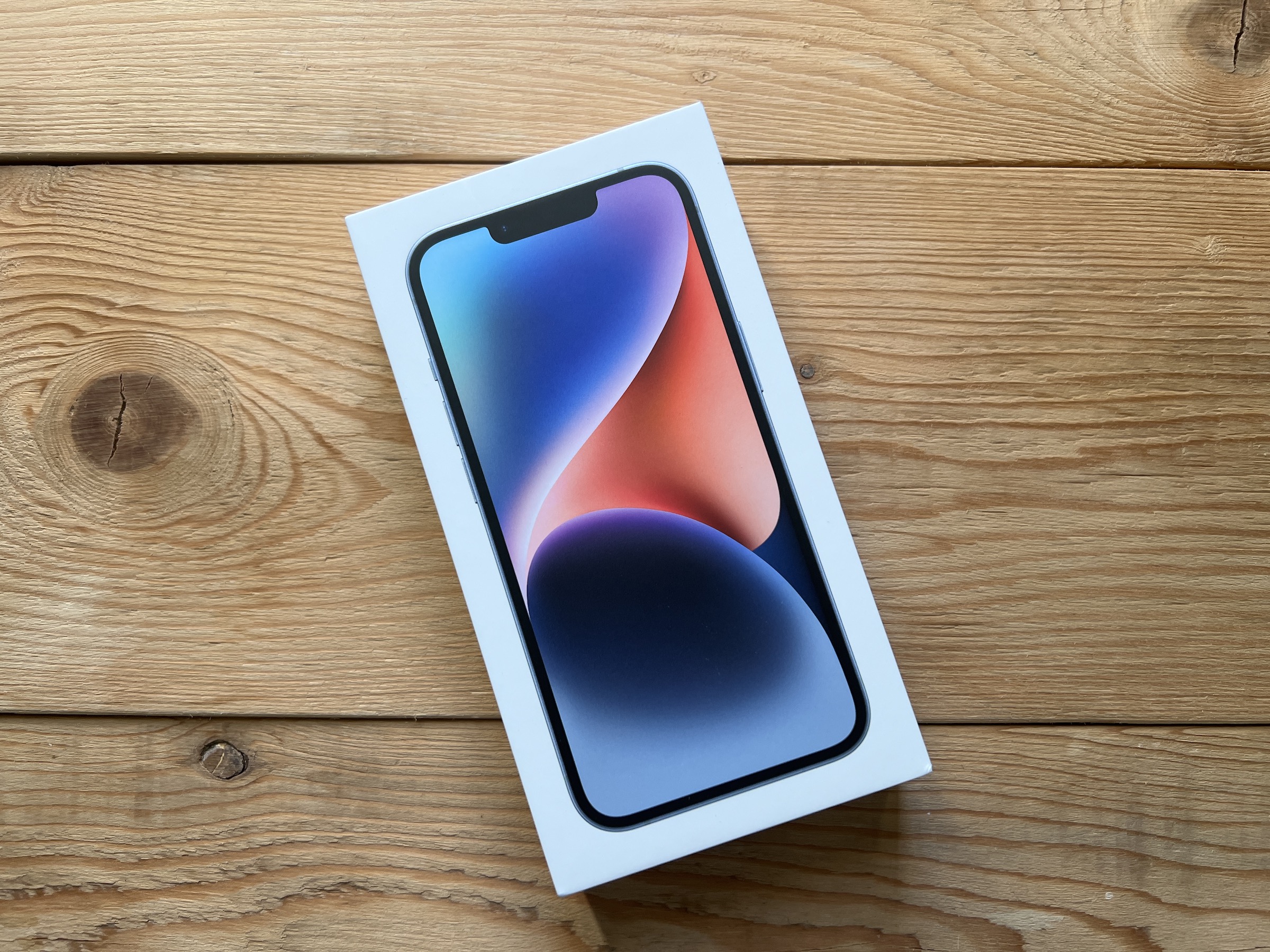

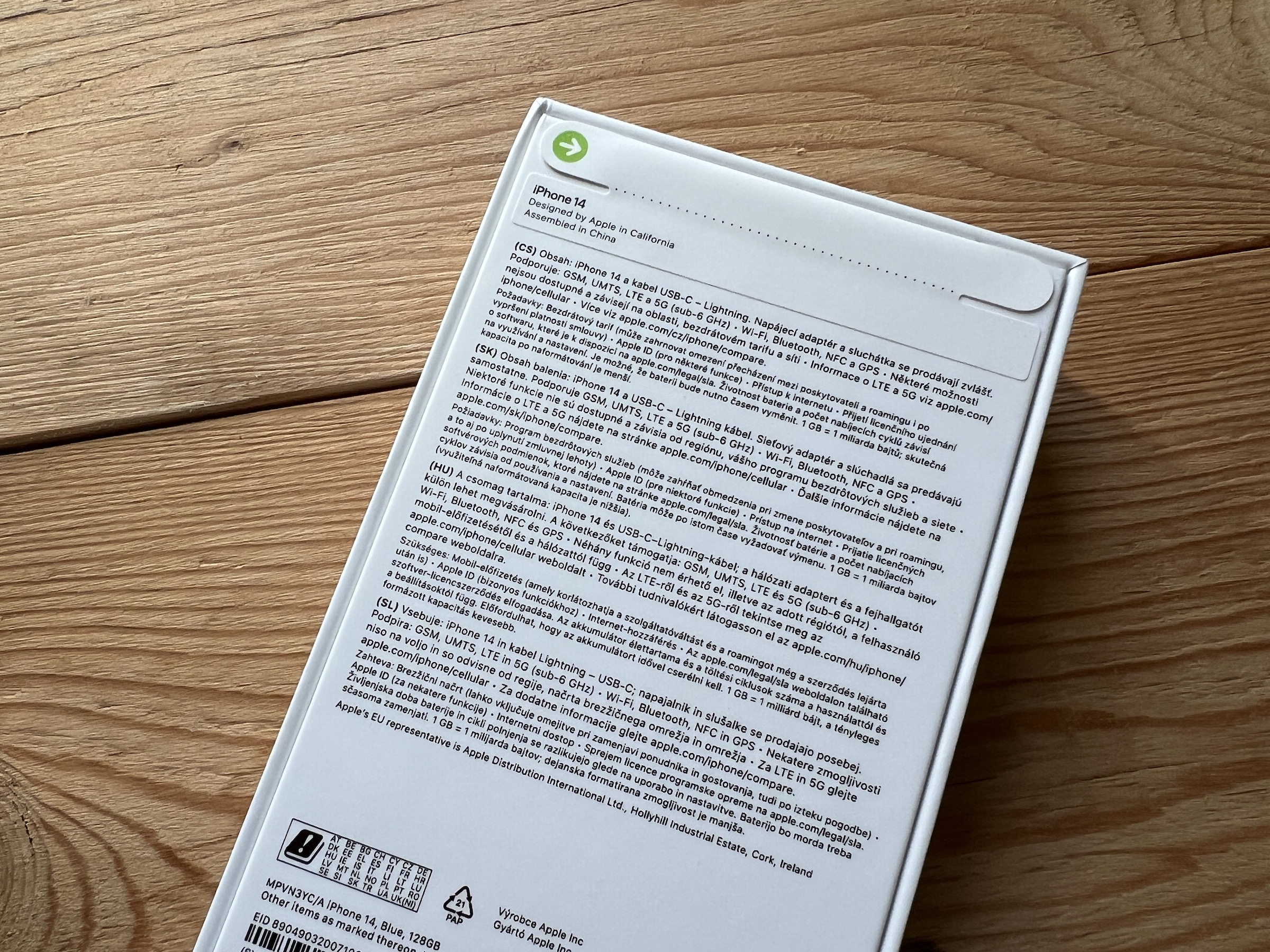

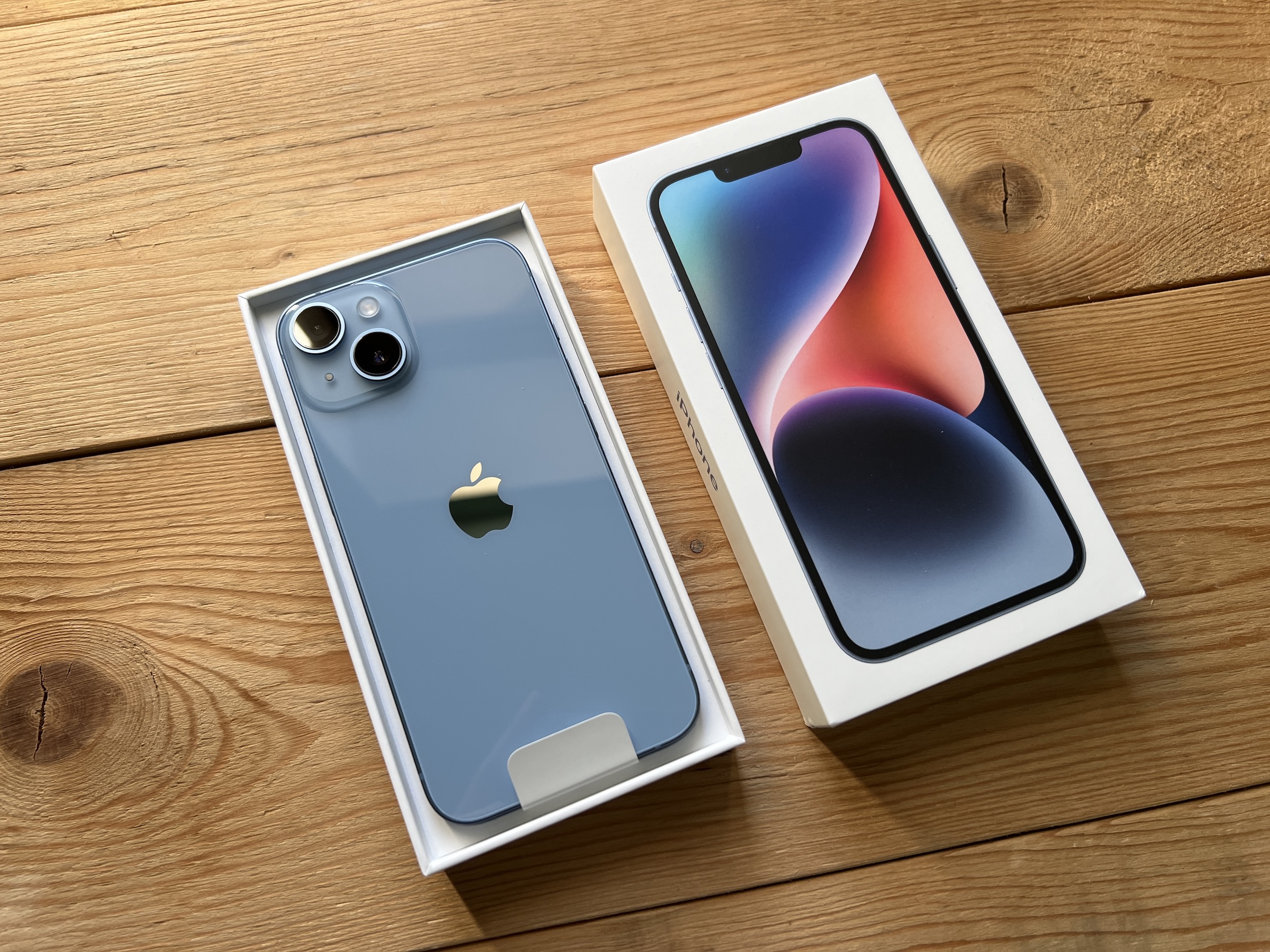
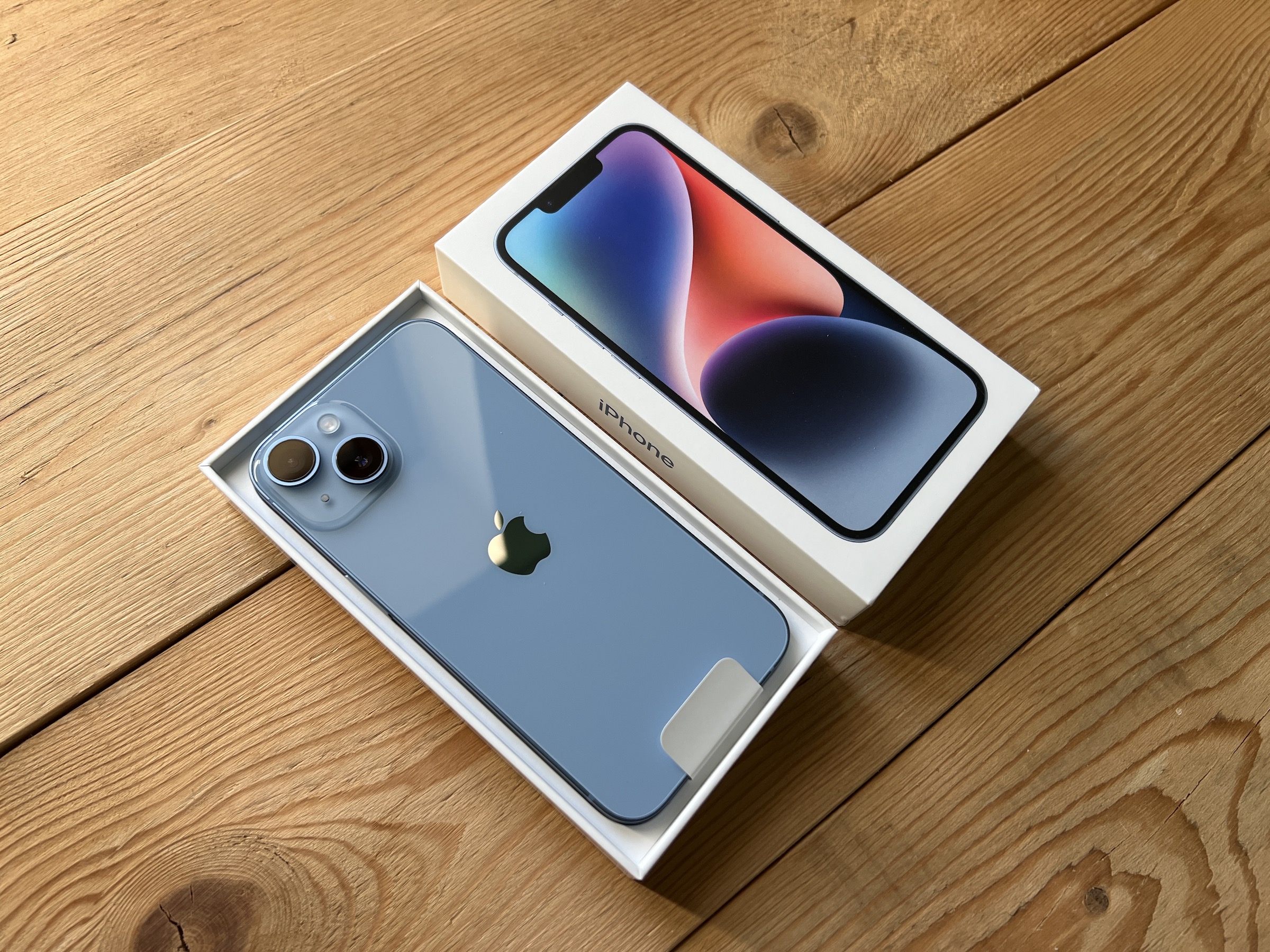
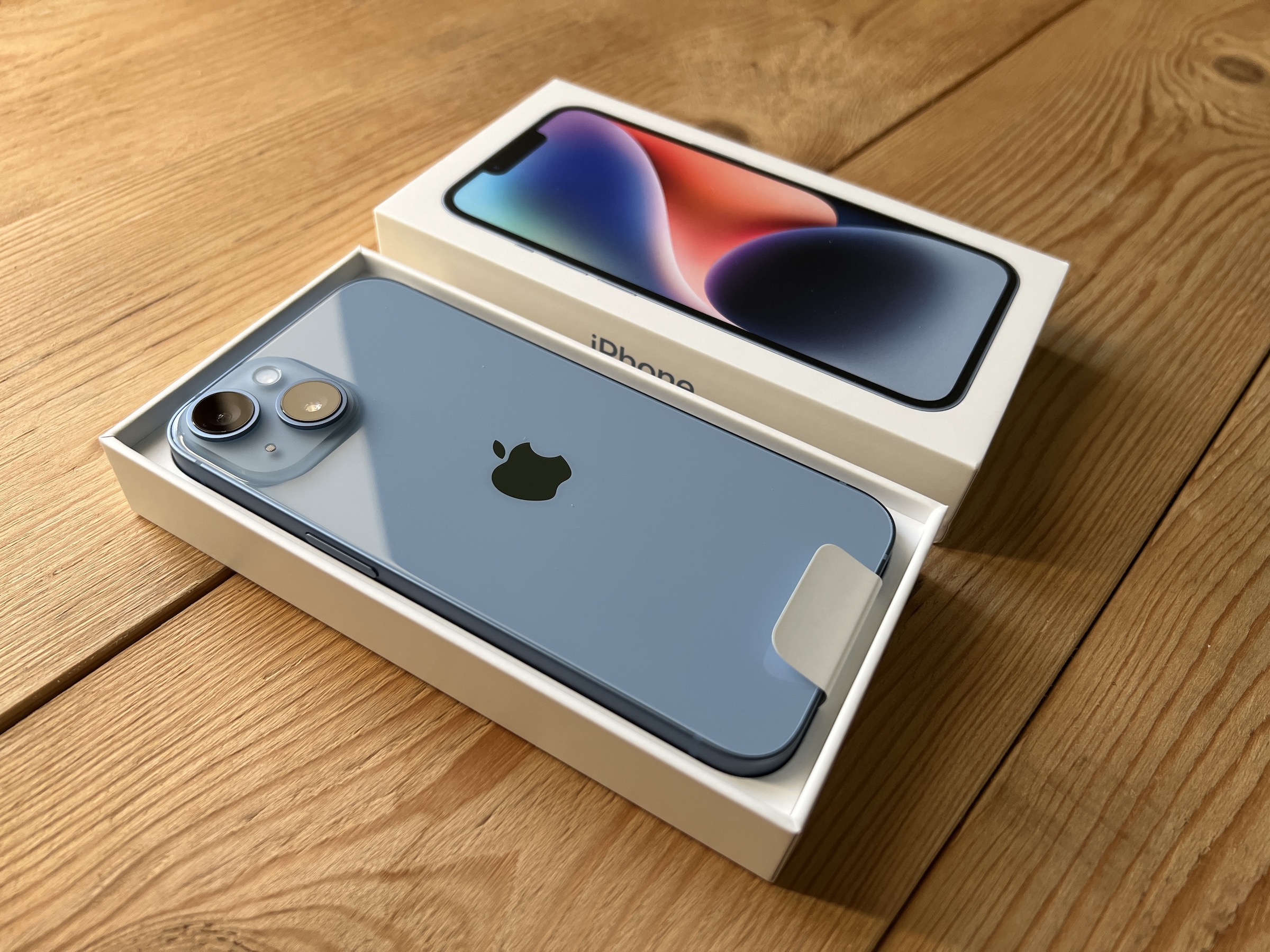
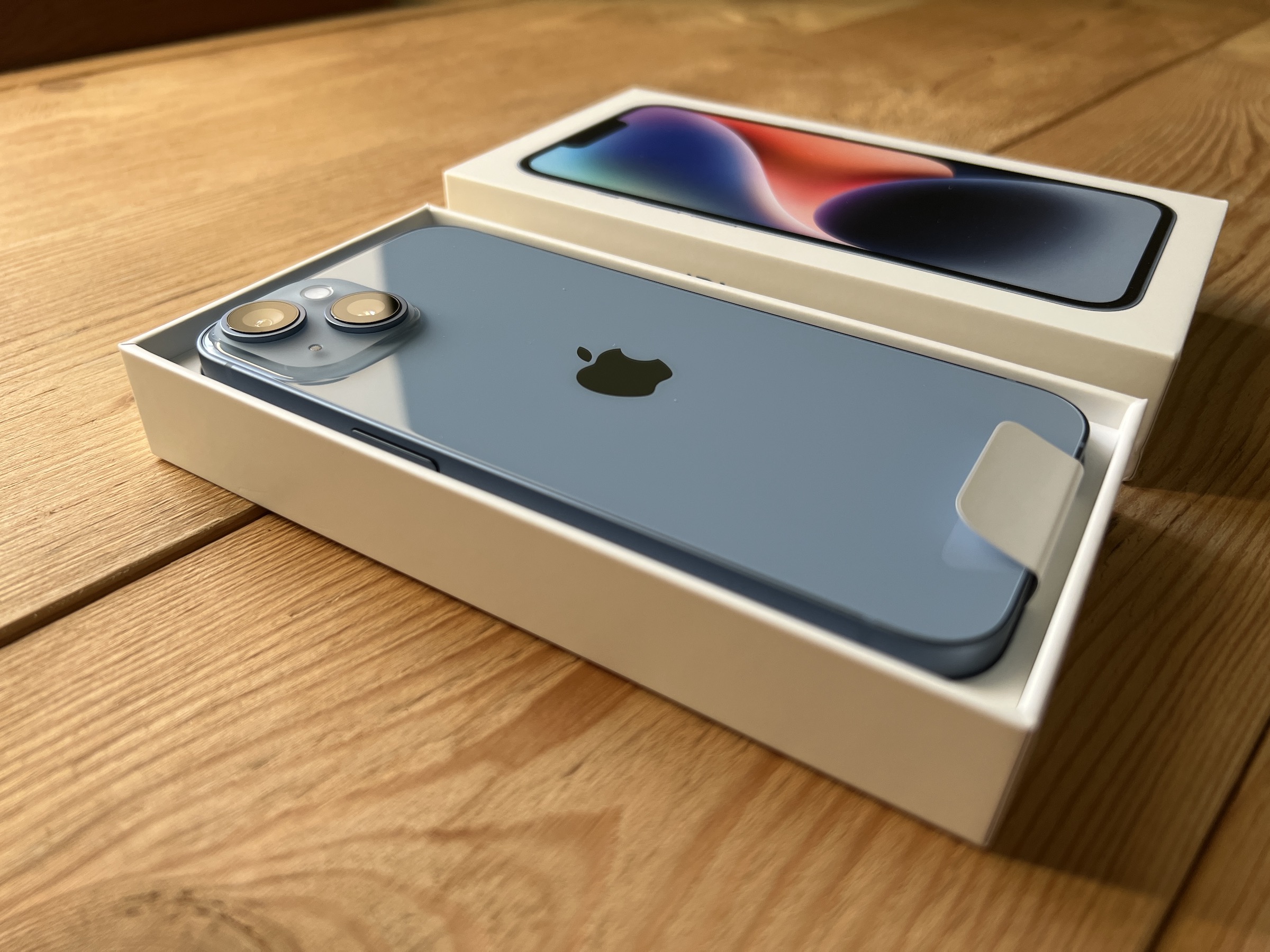
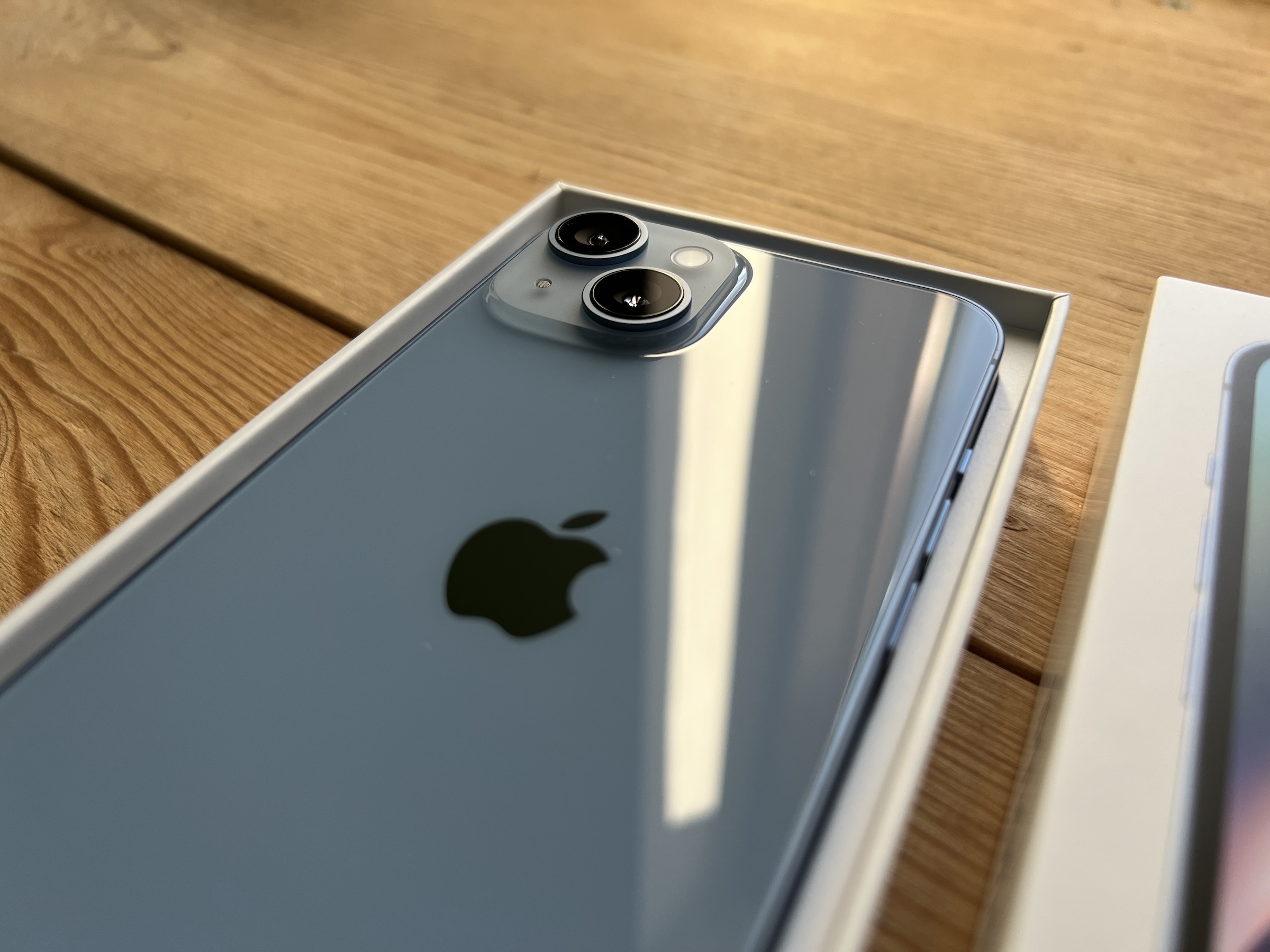
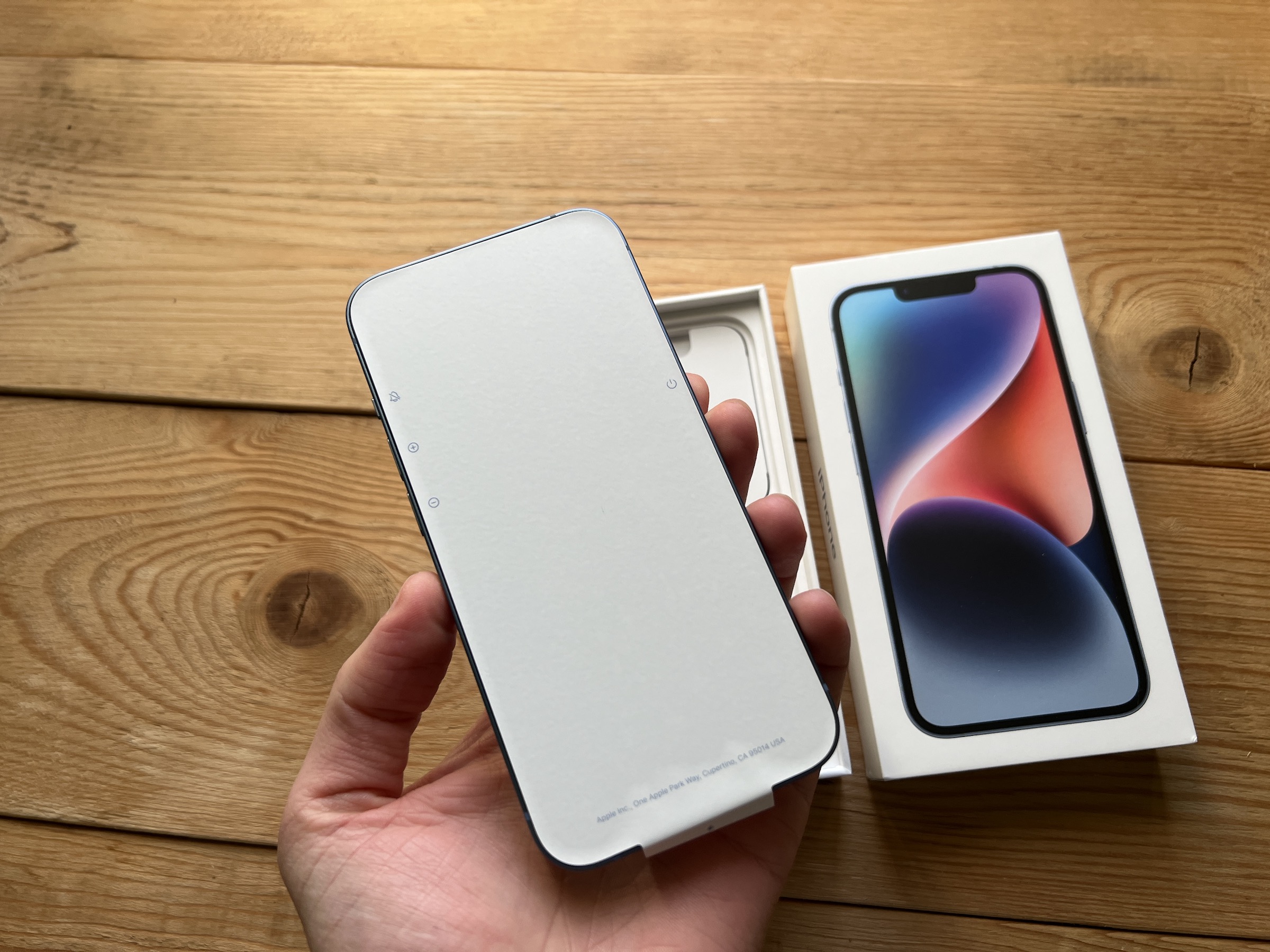
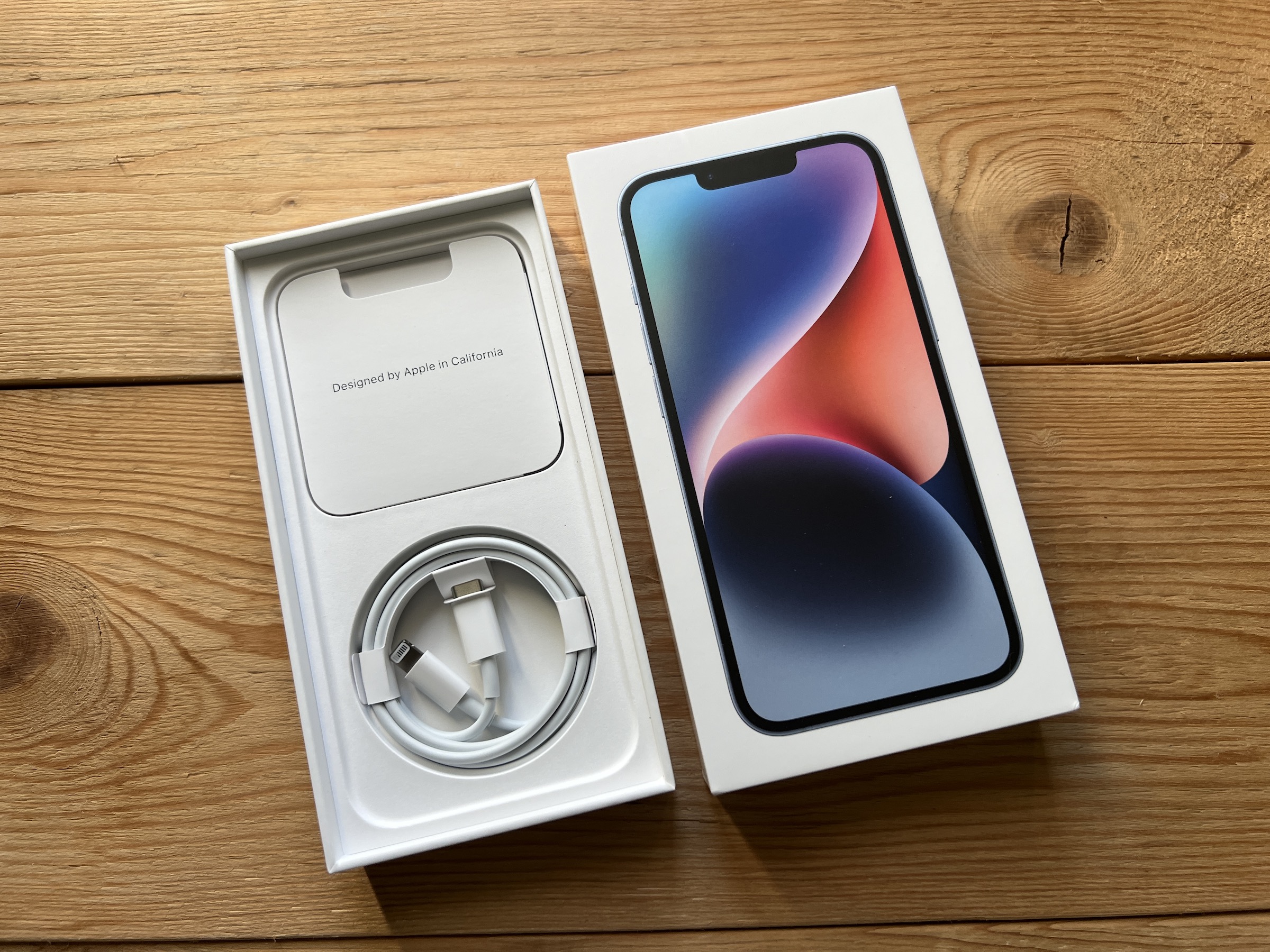



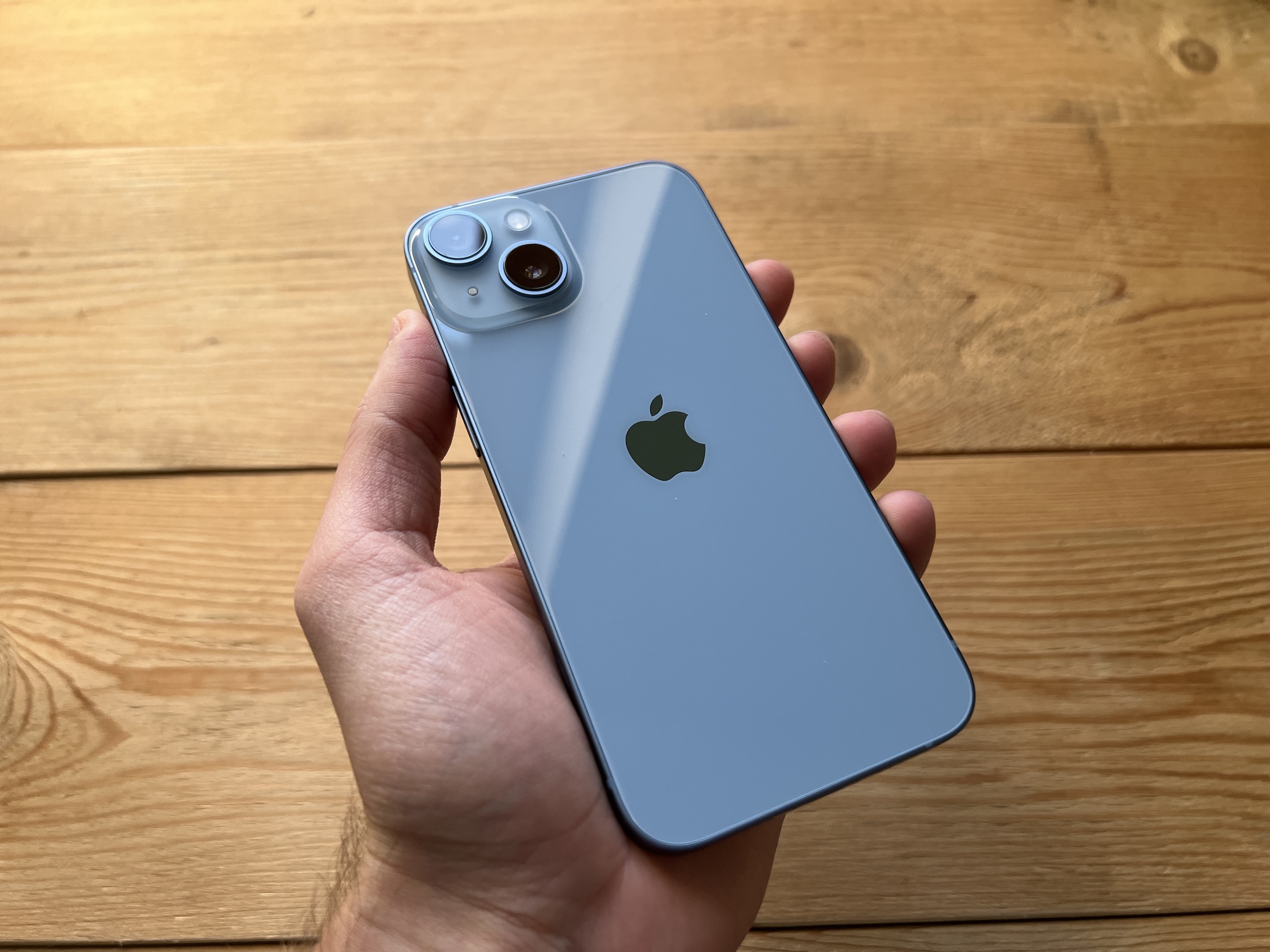

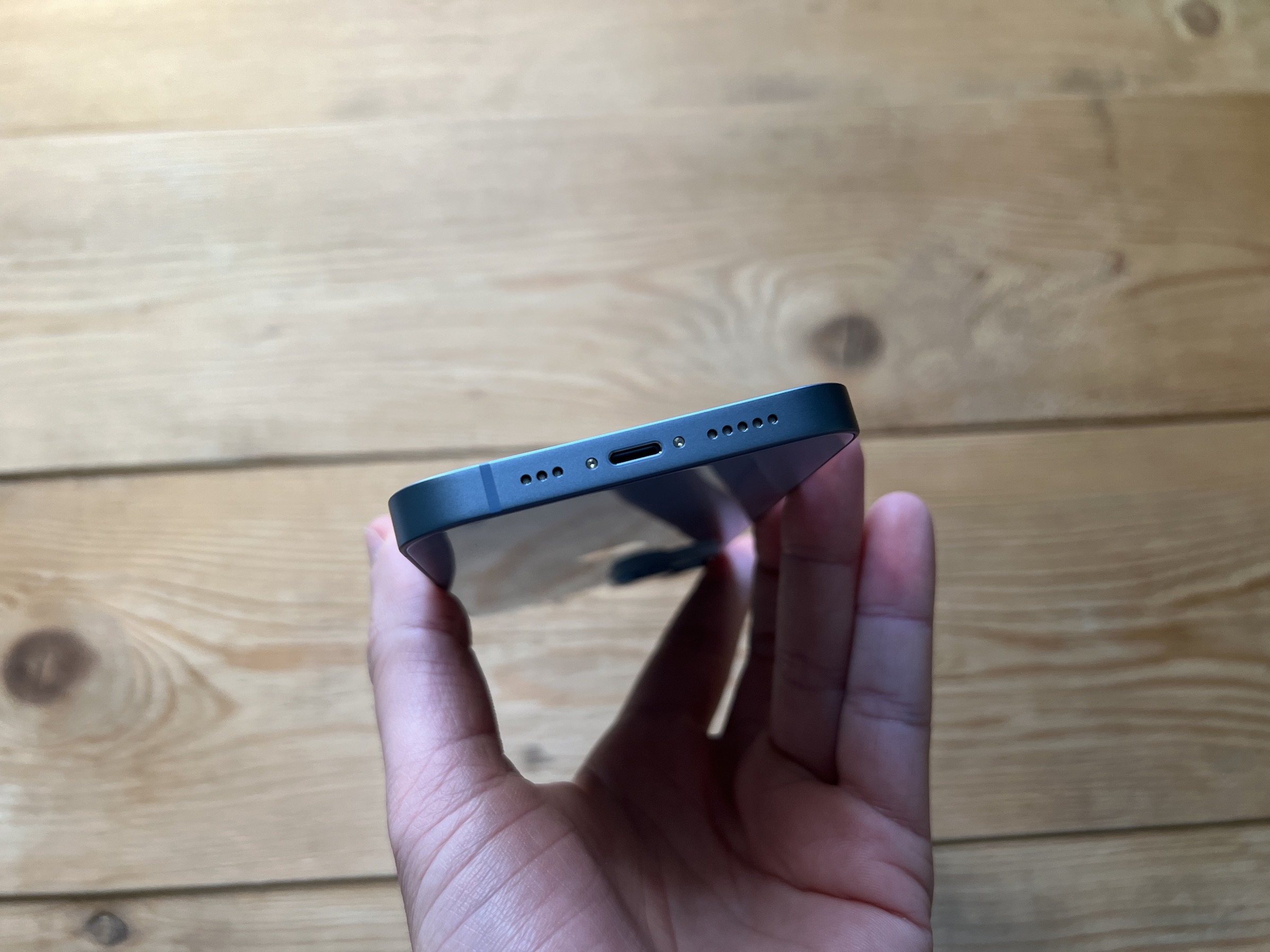

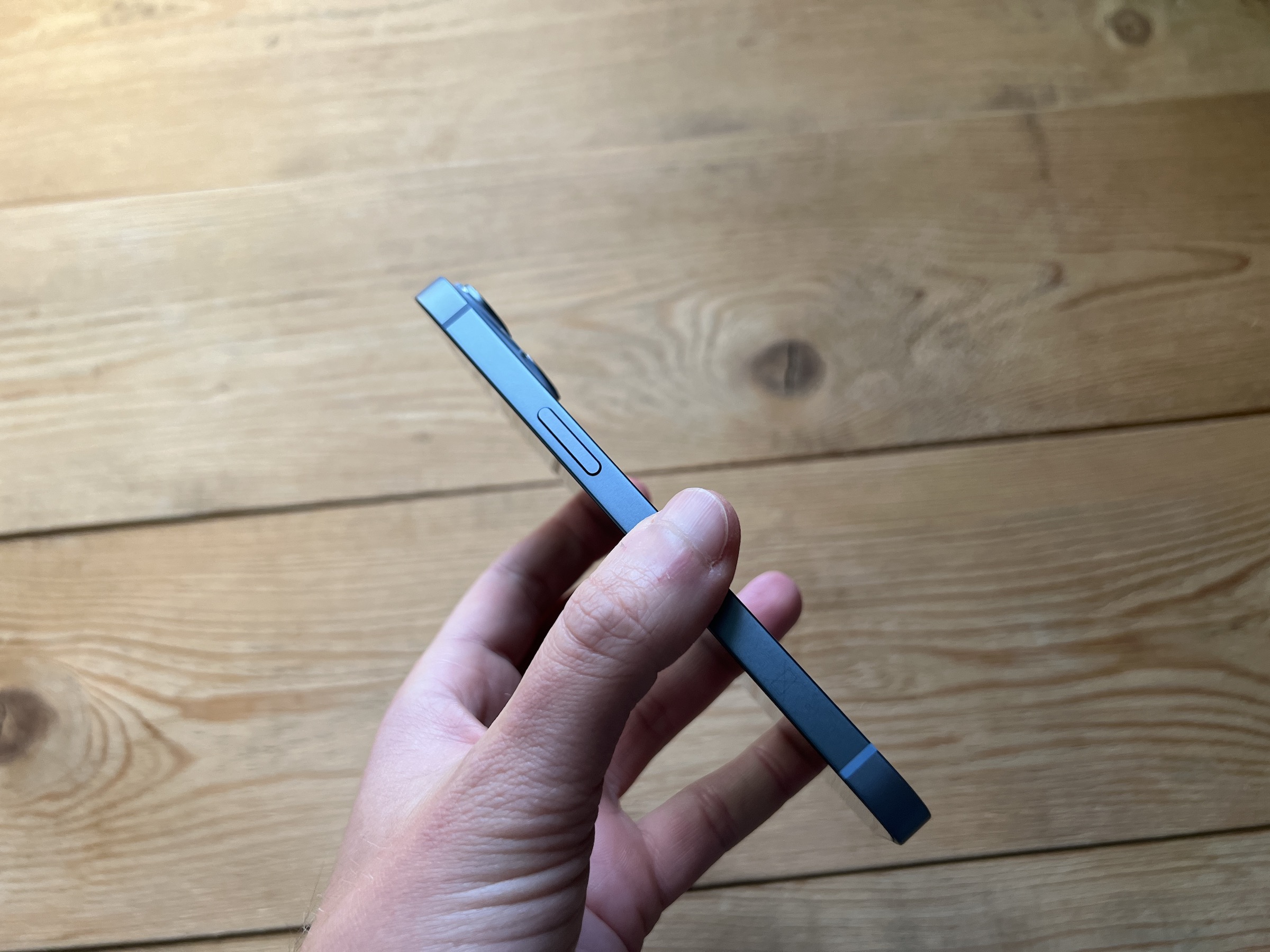
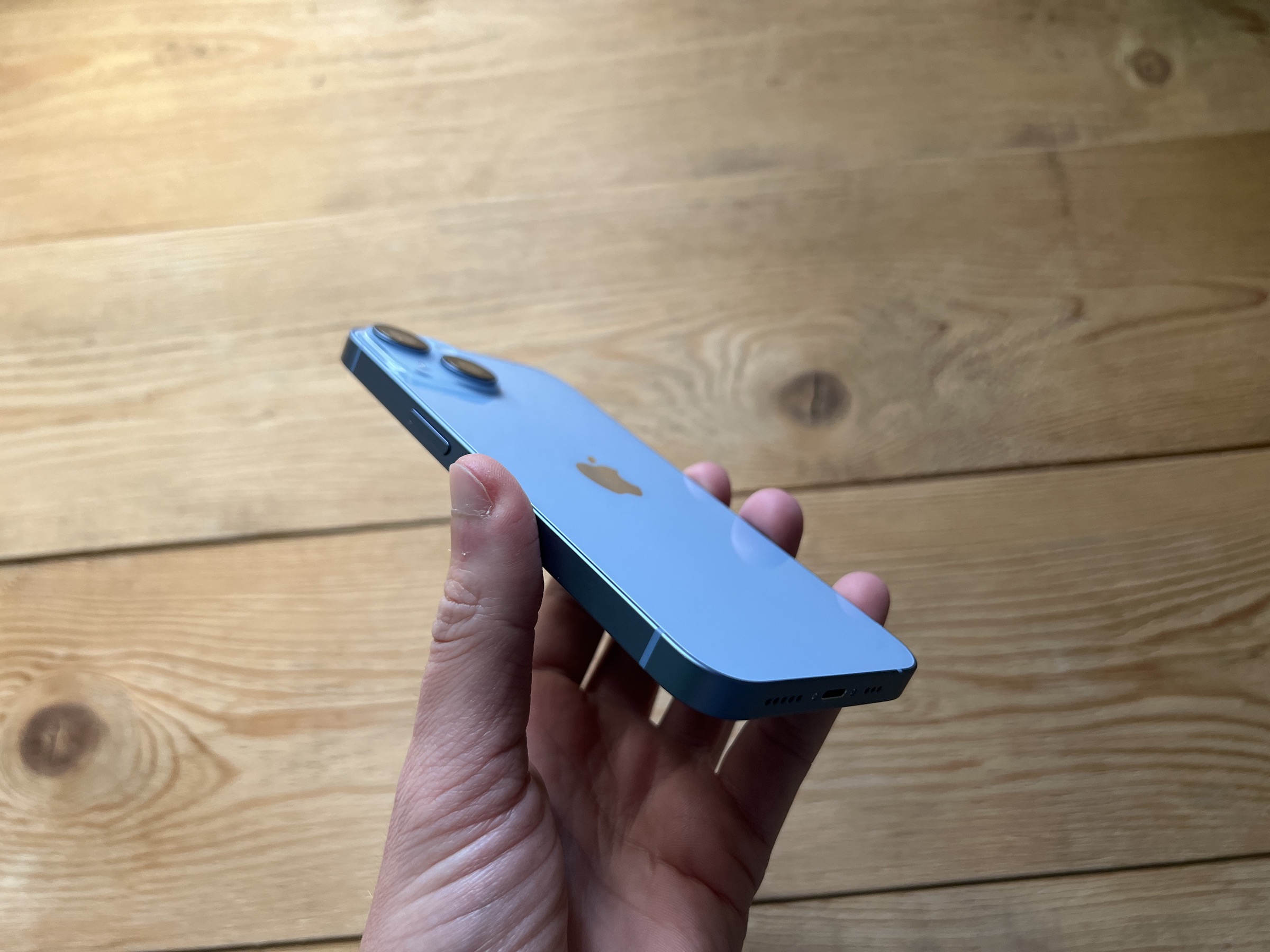


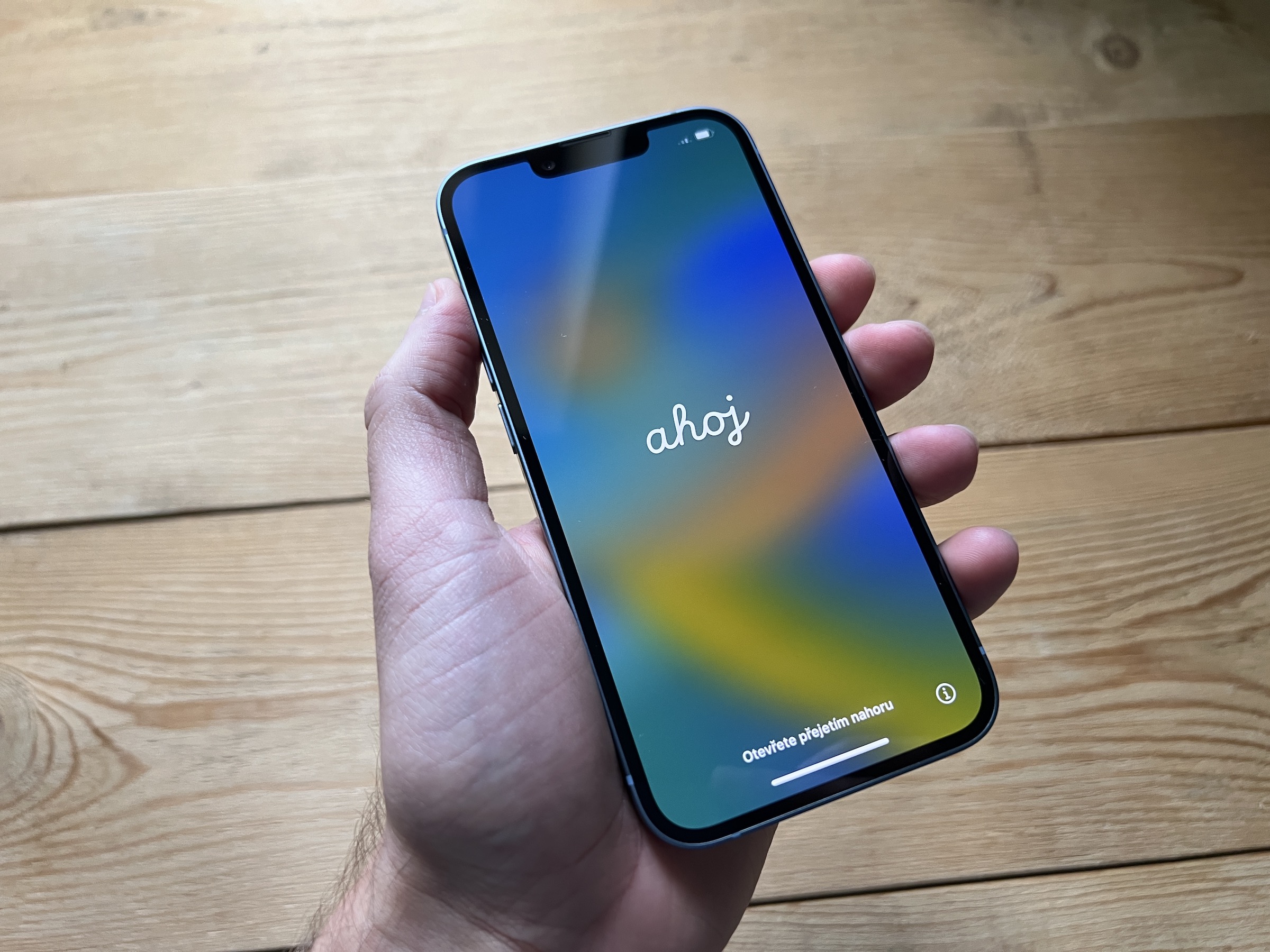
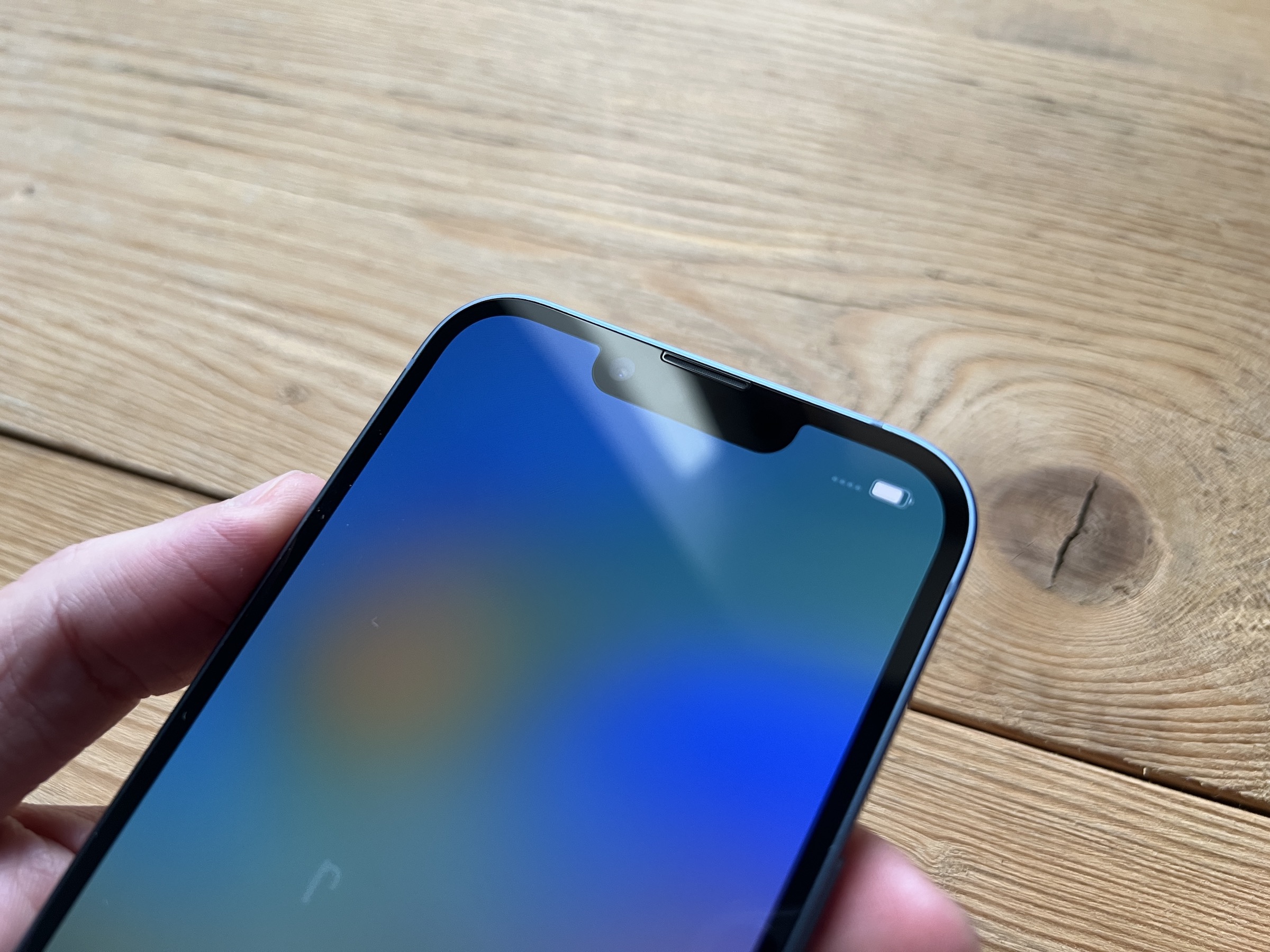
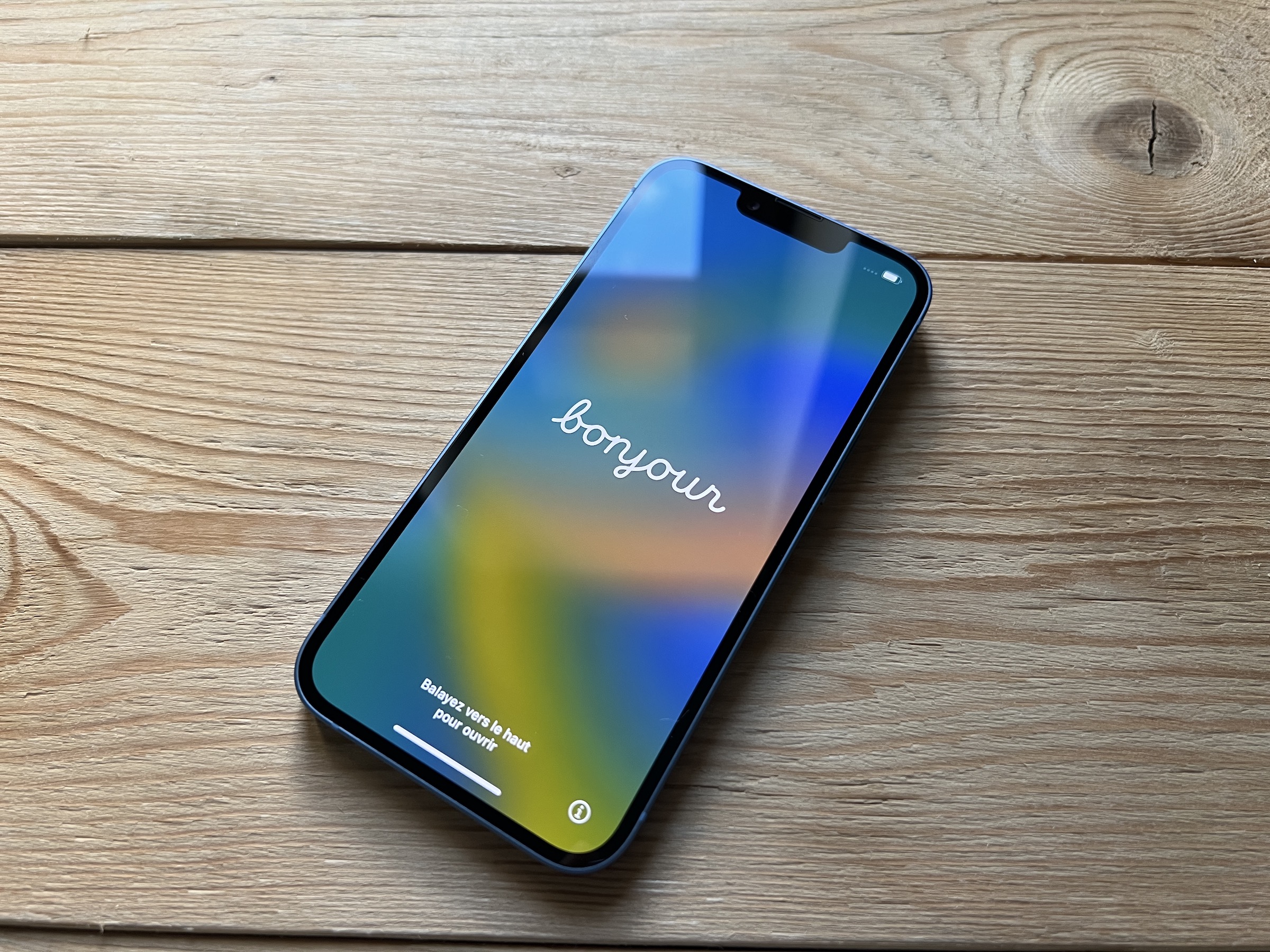

 Adam Kos
Adam Kos 
